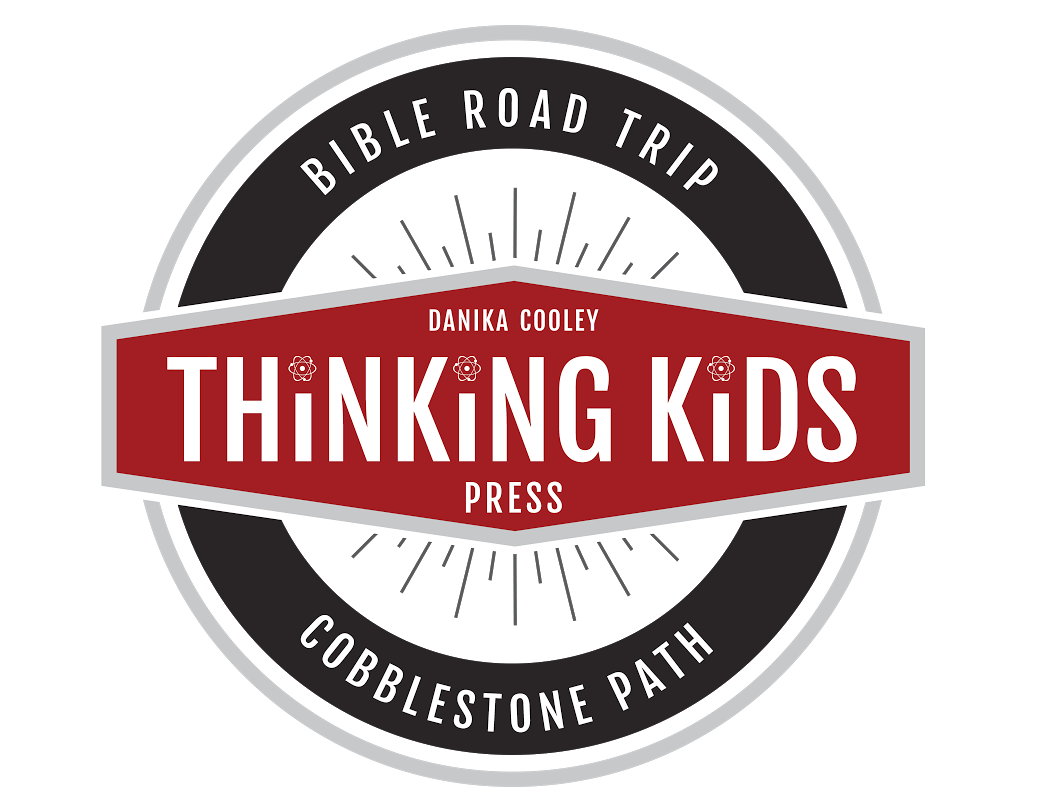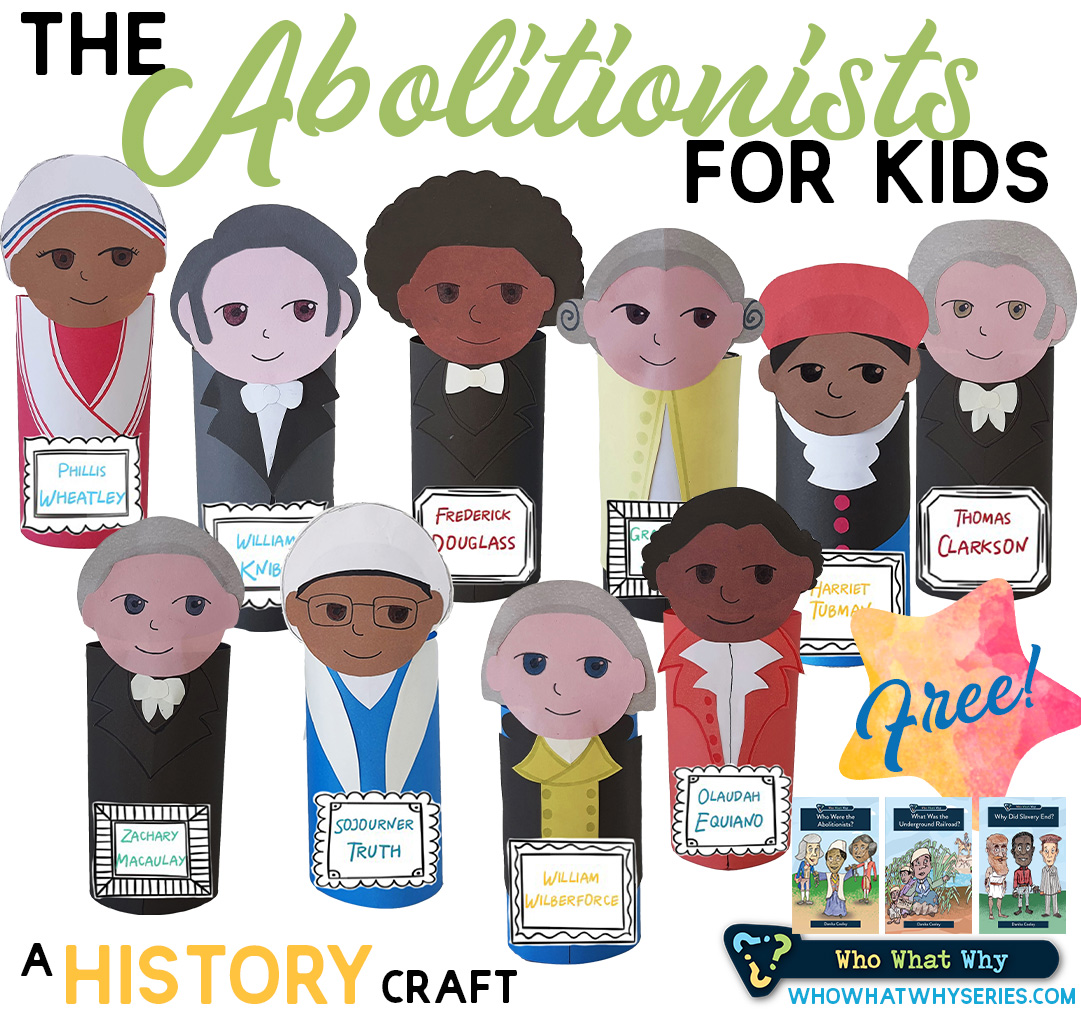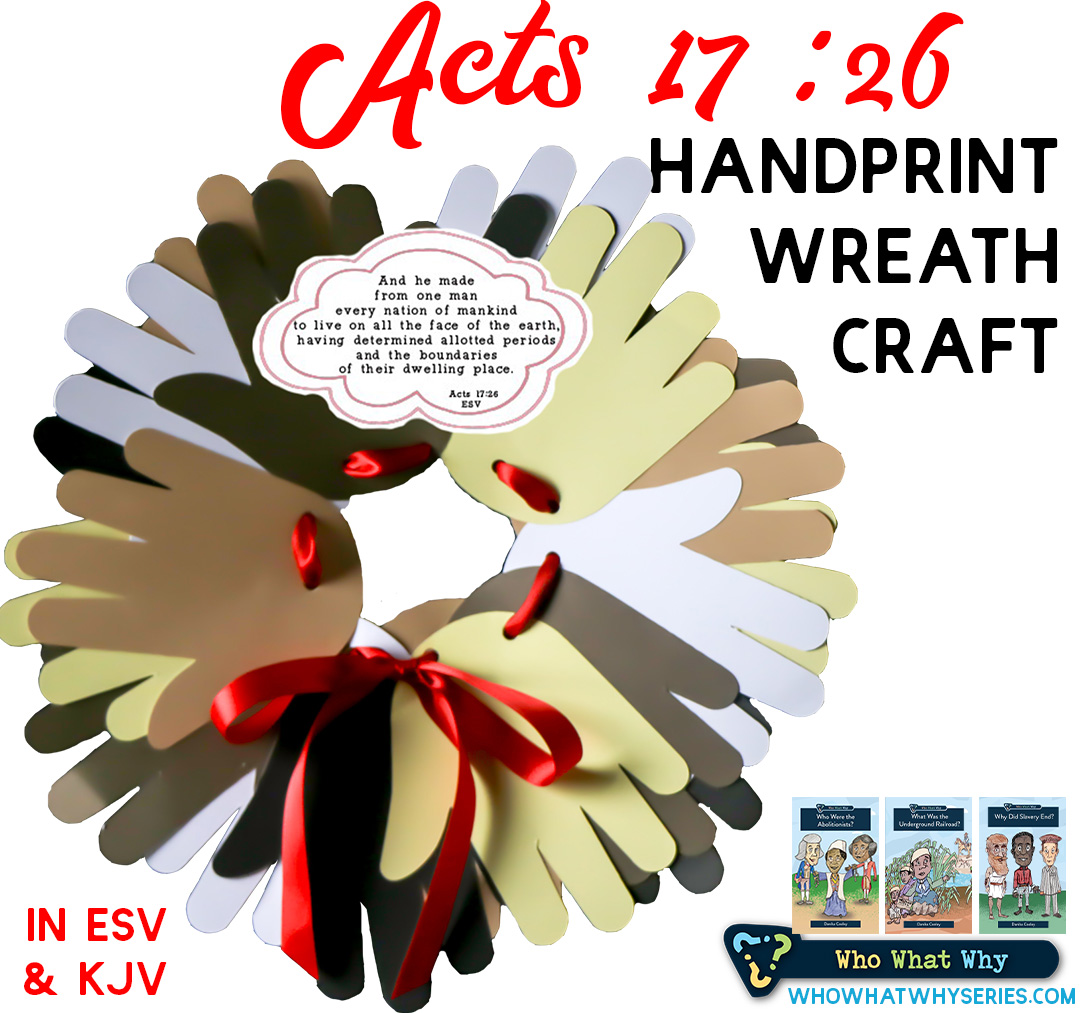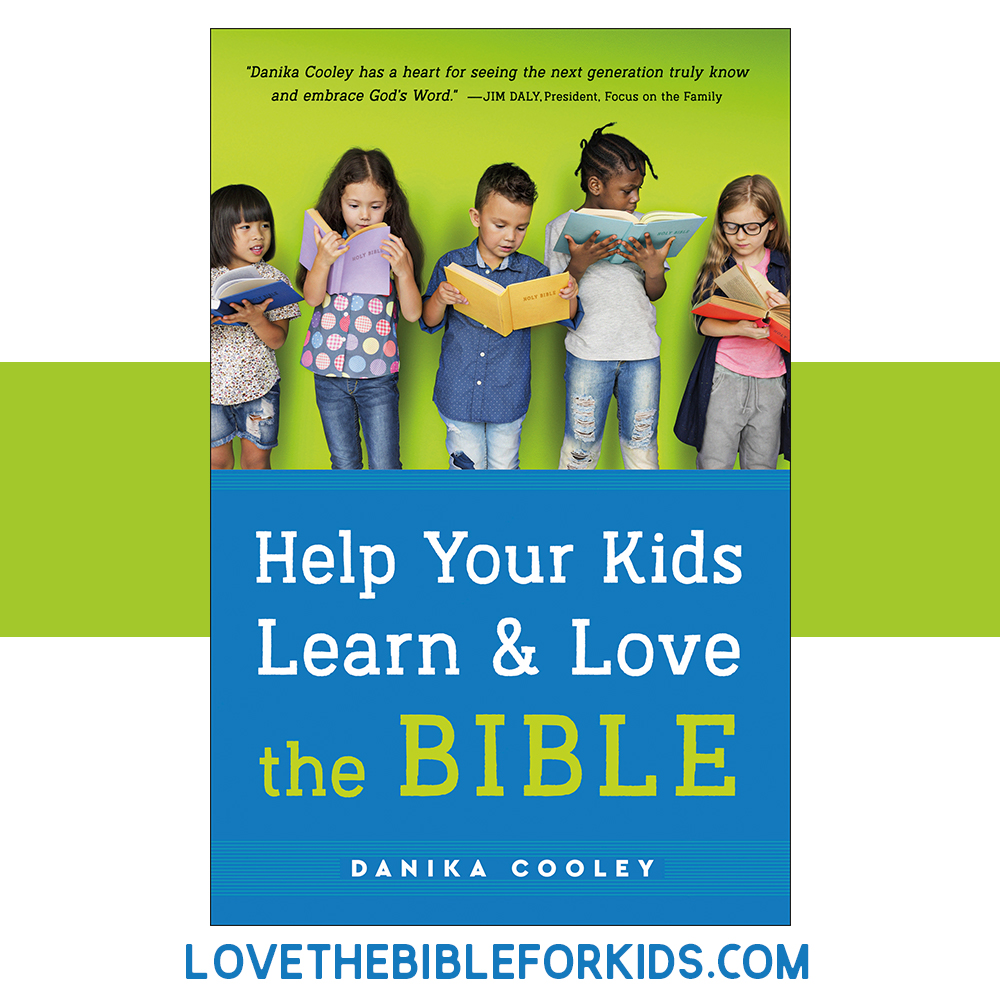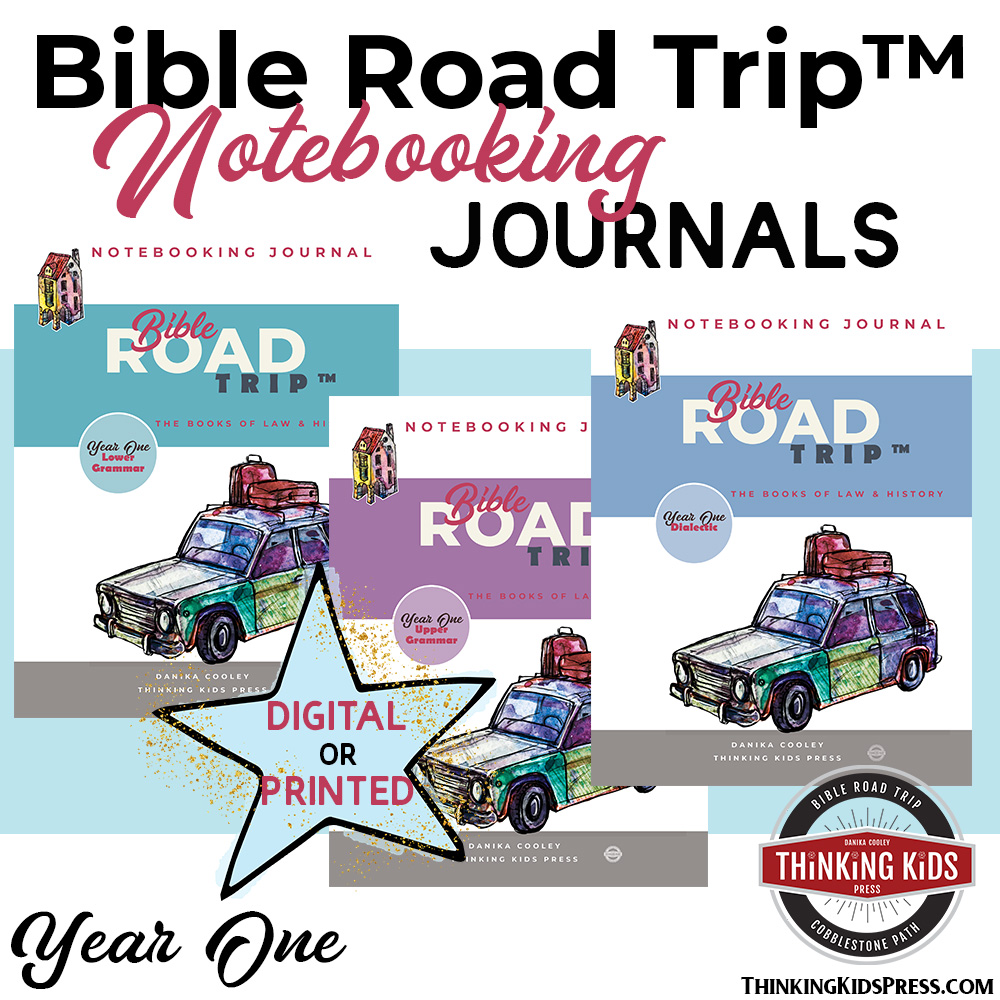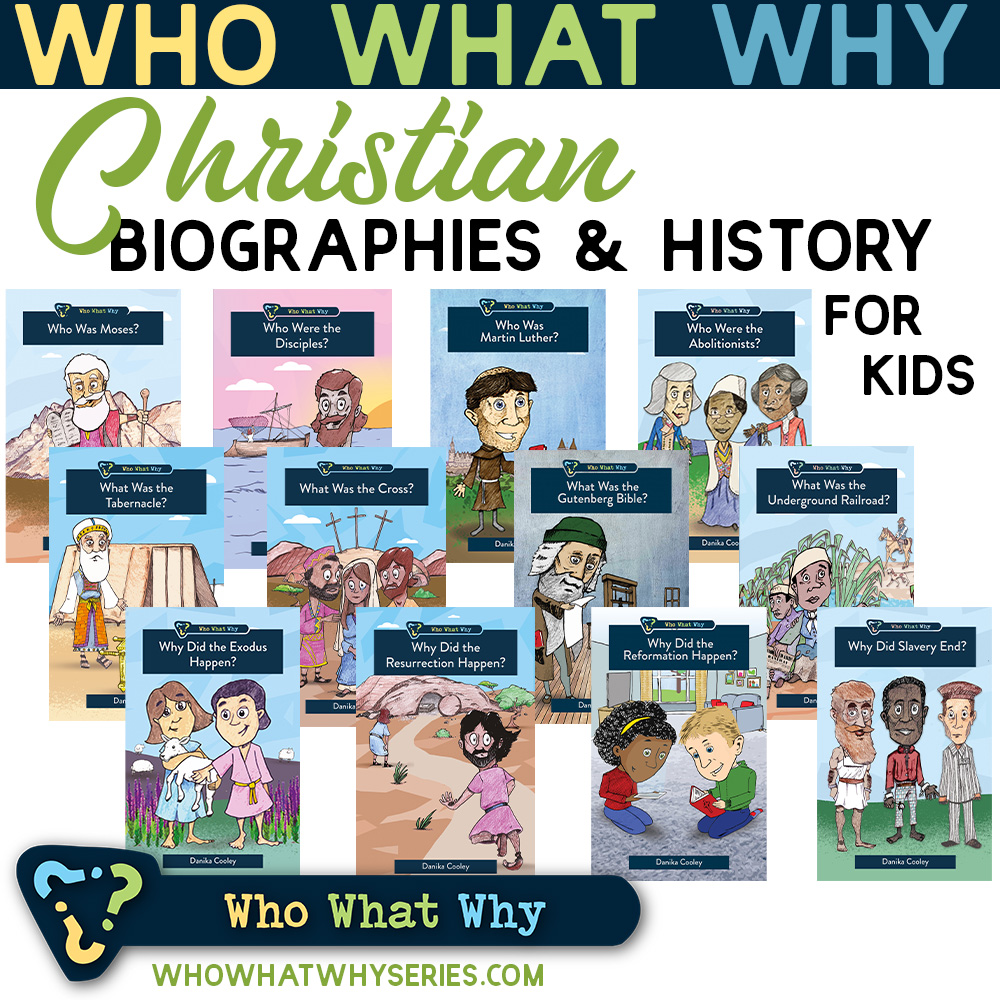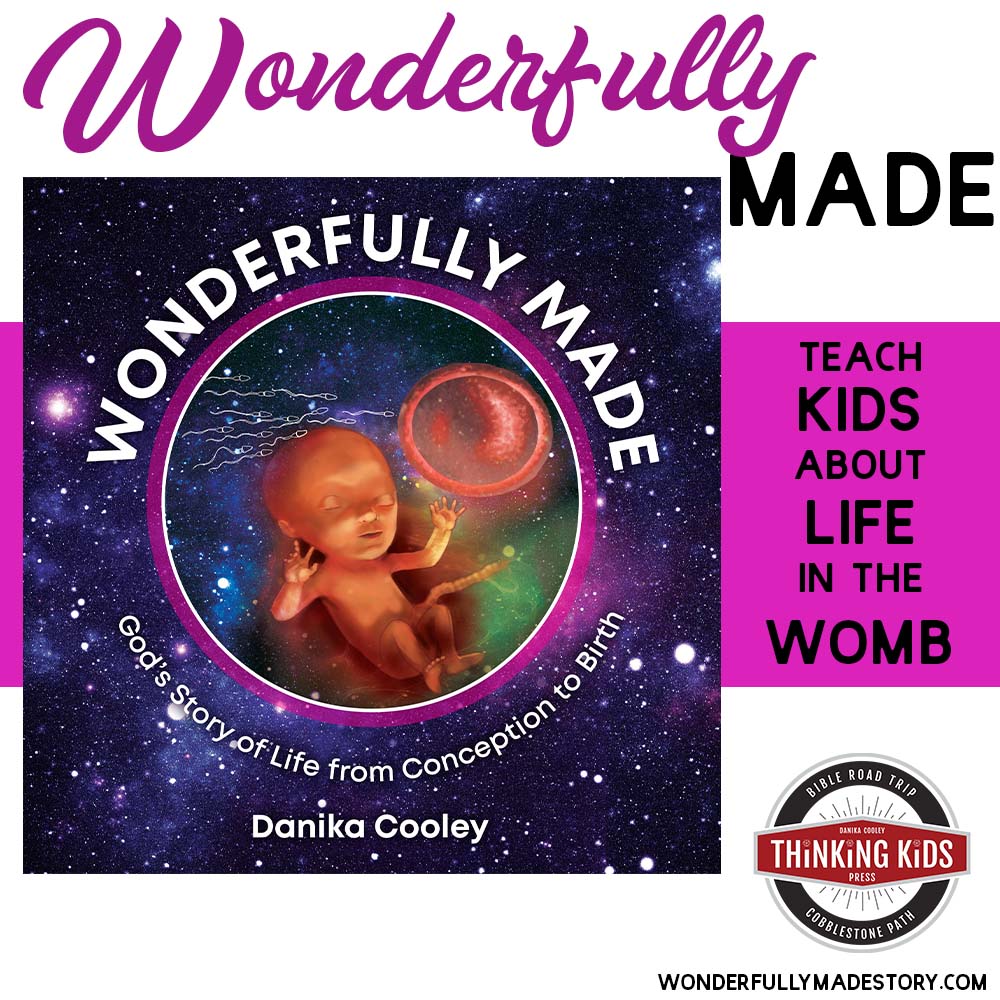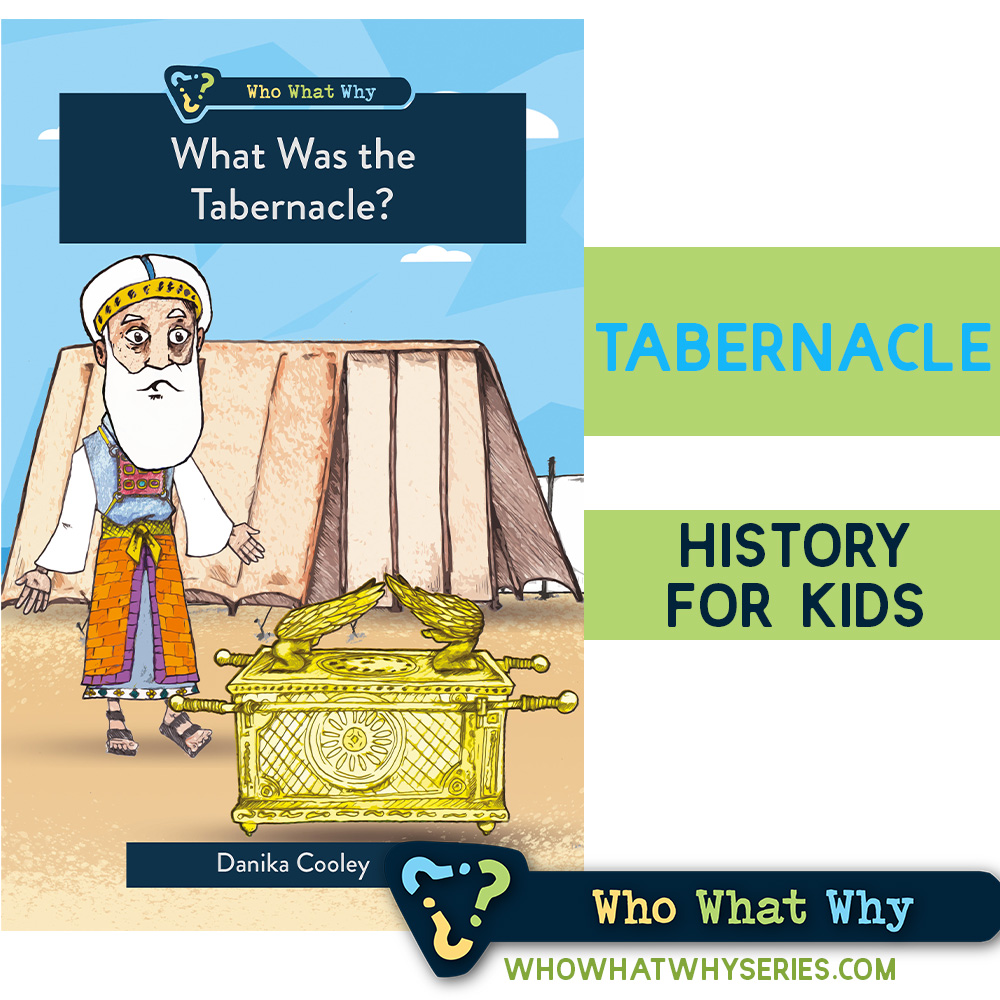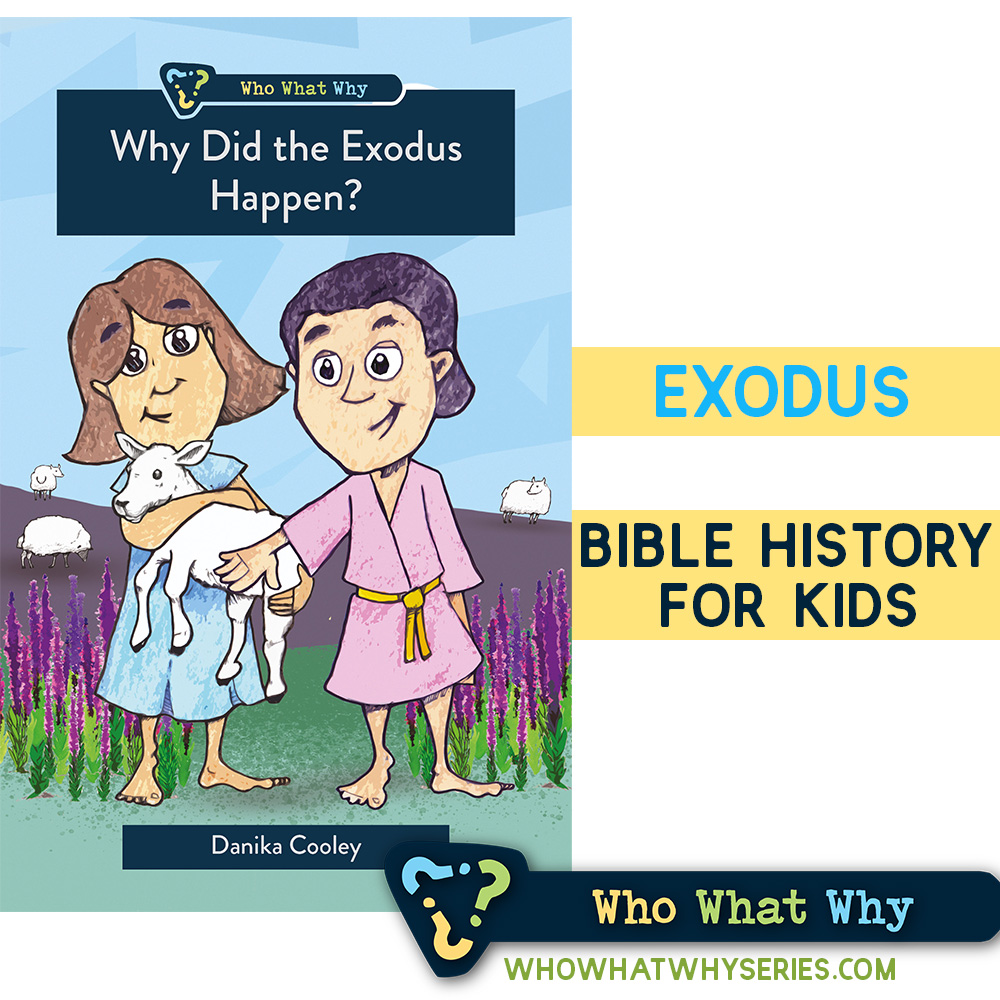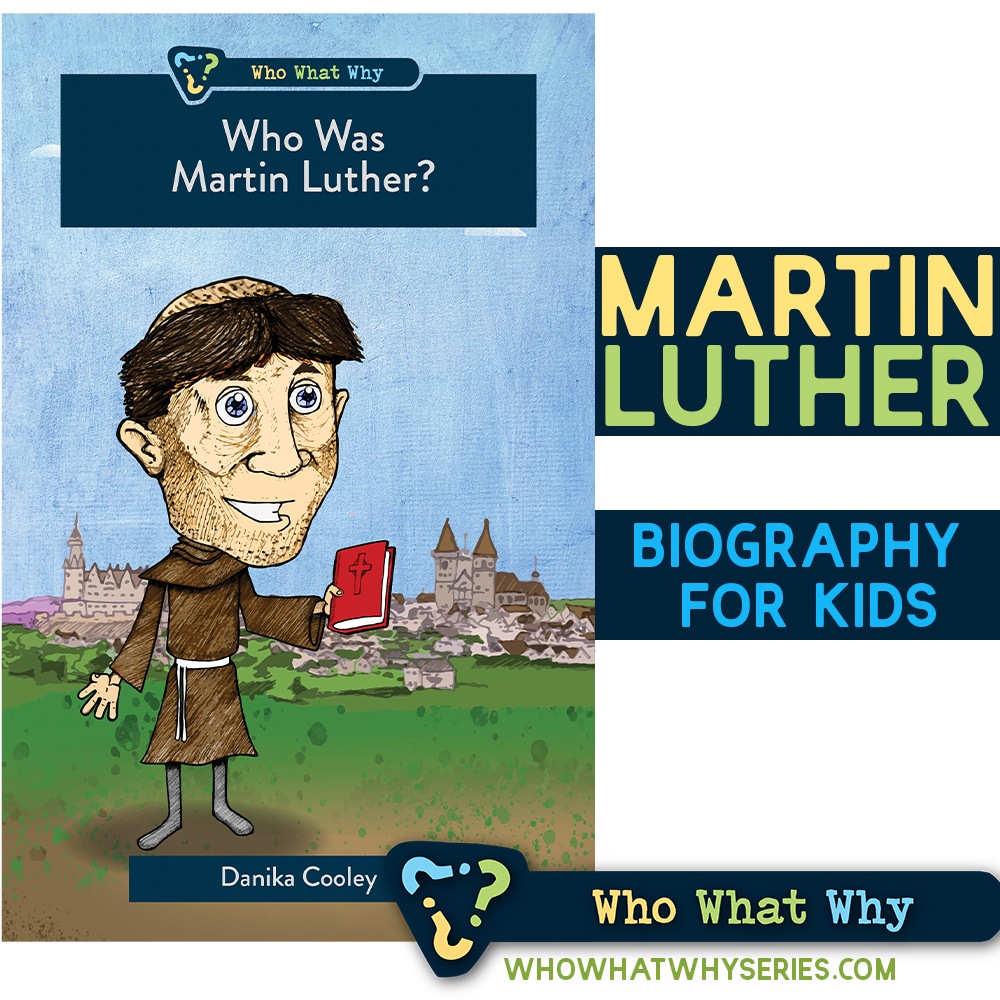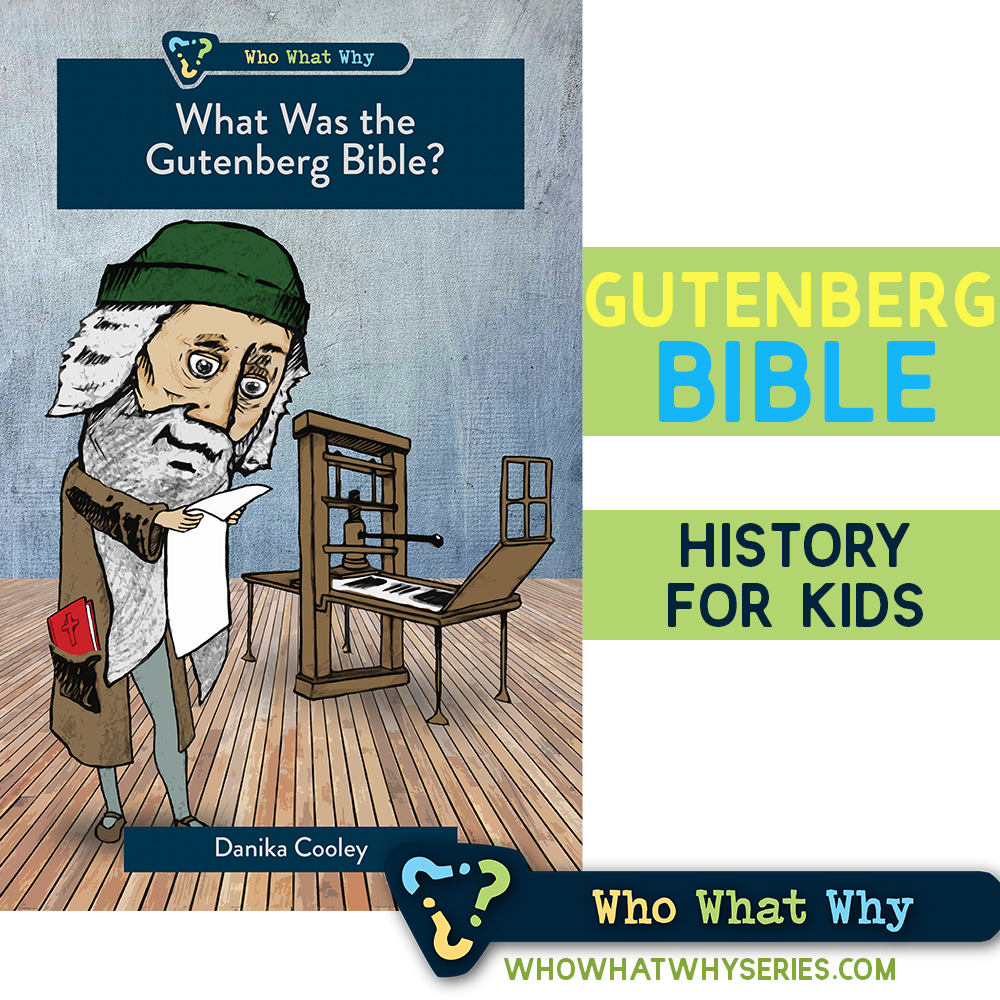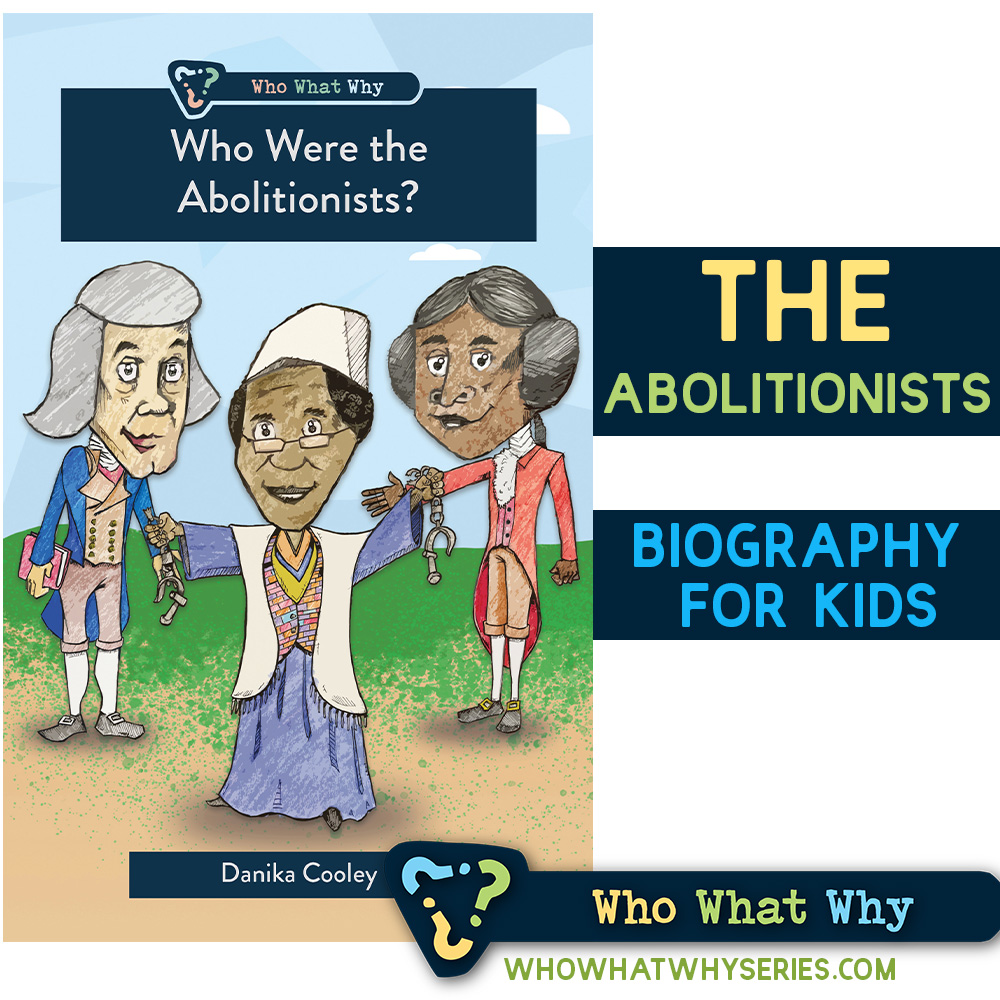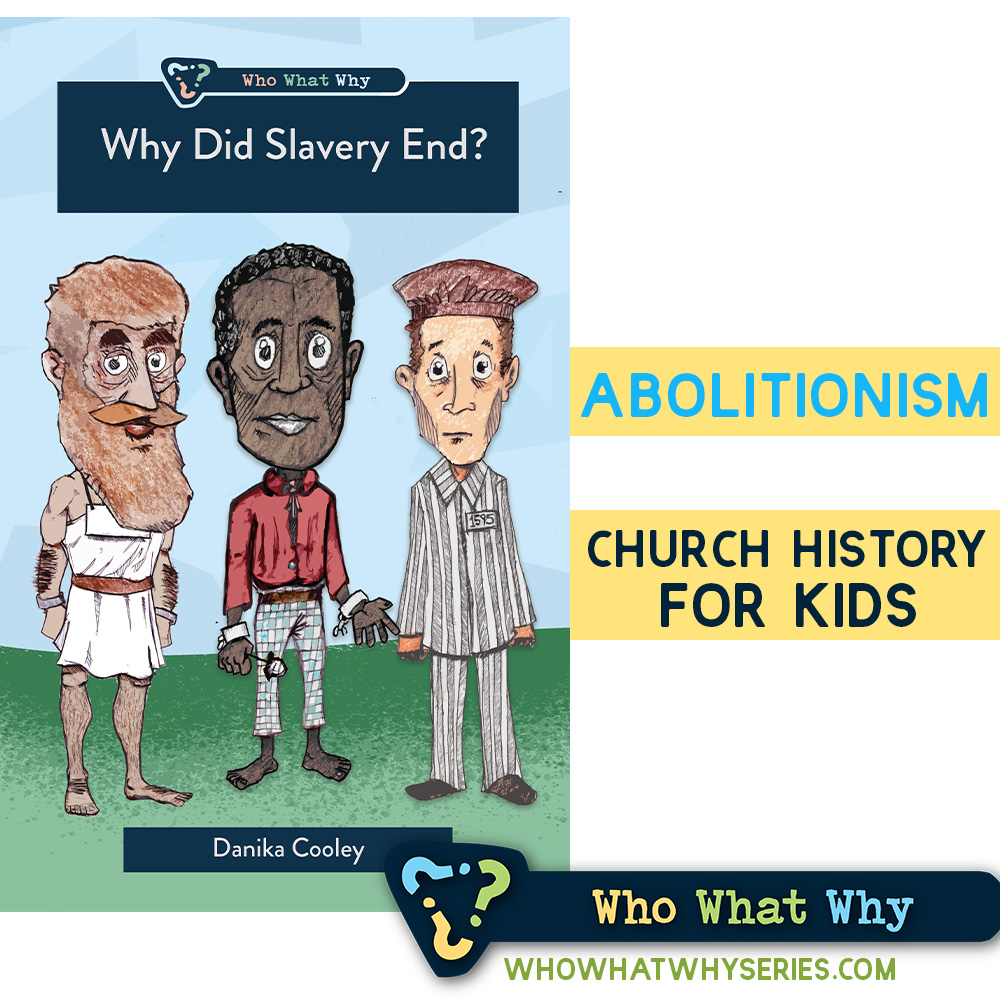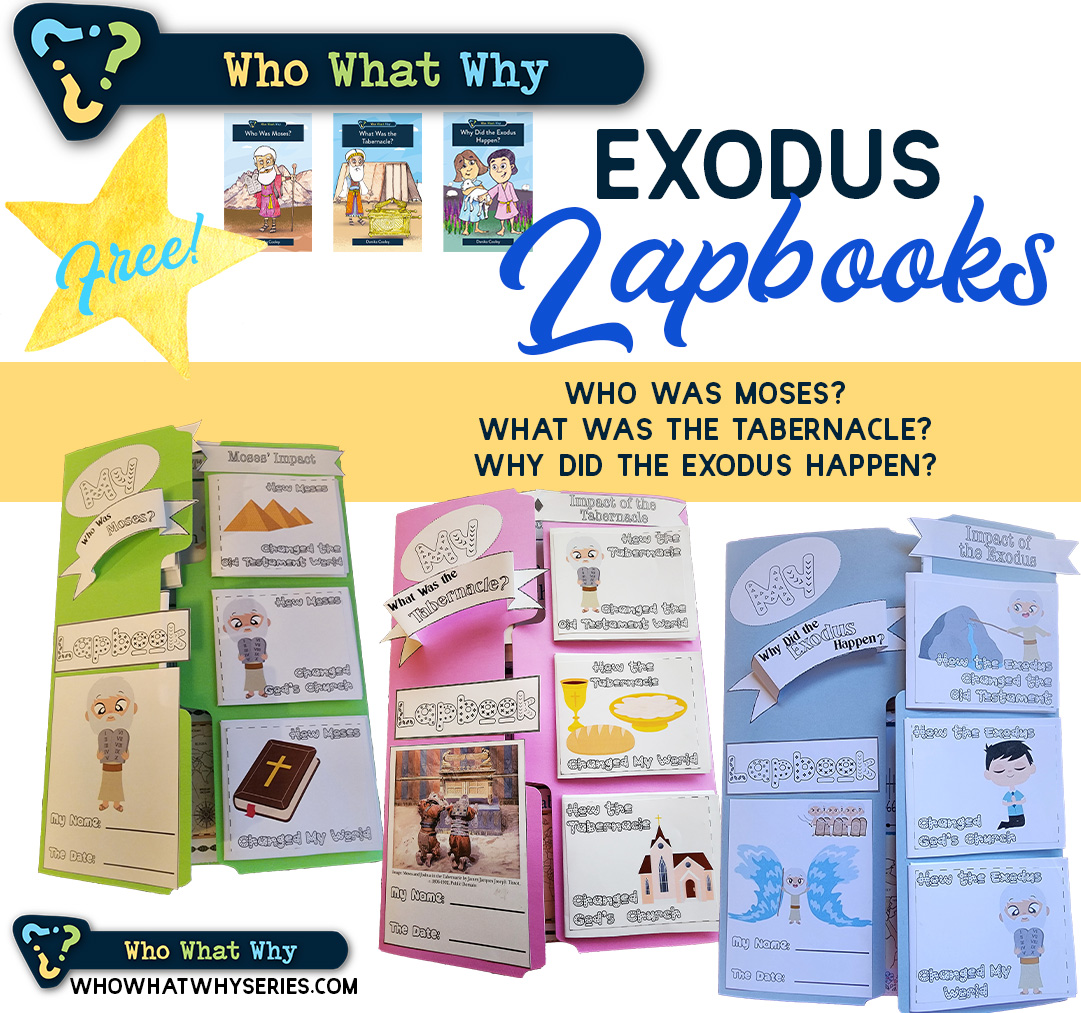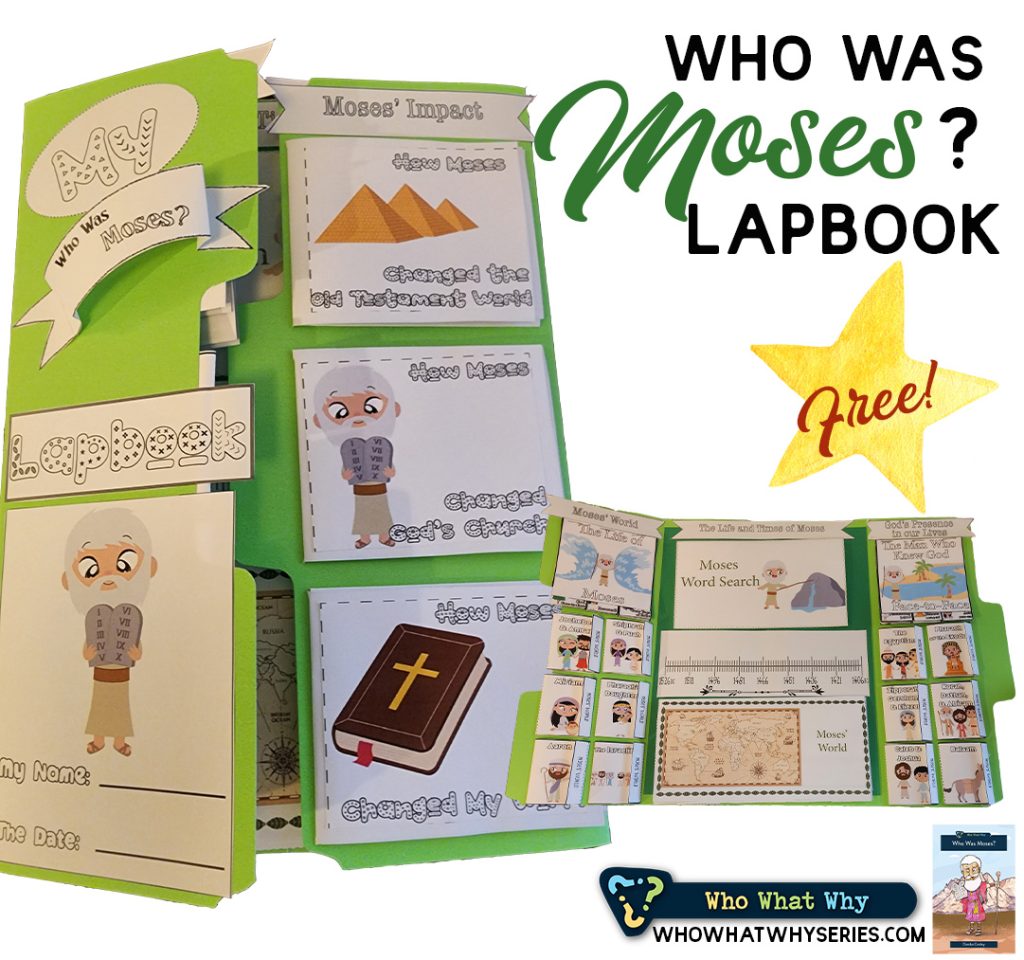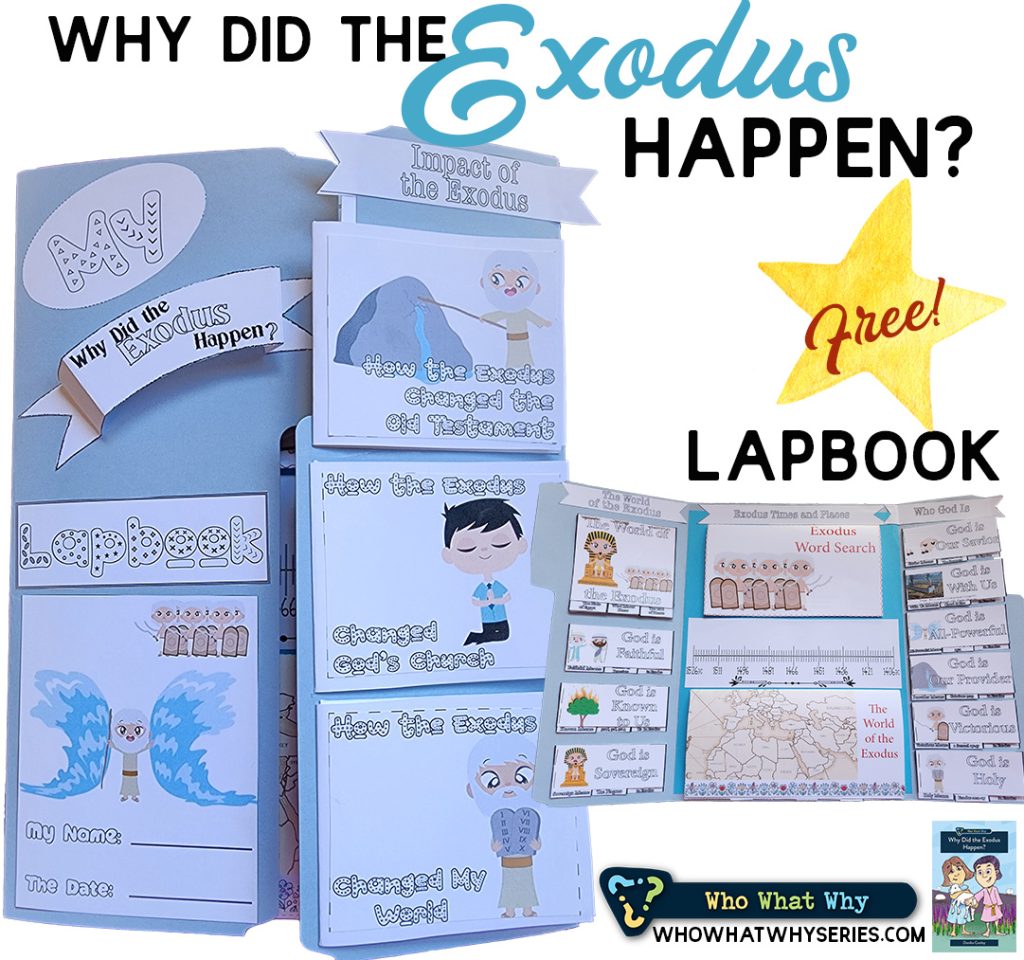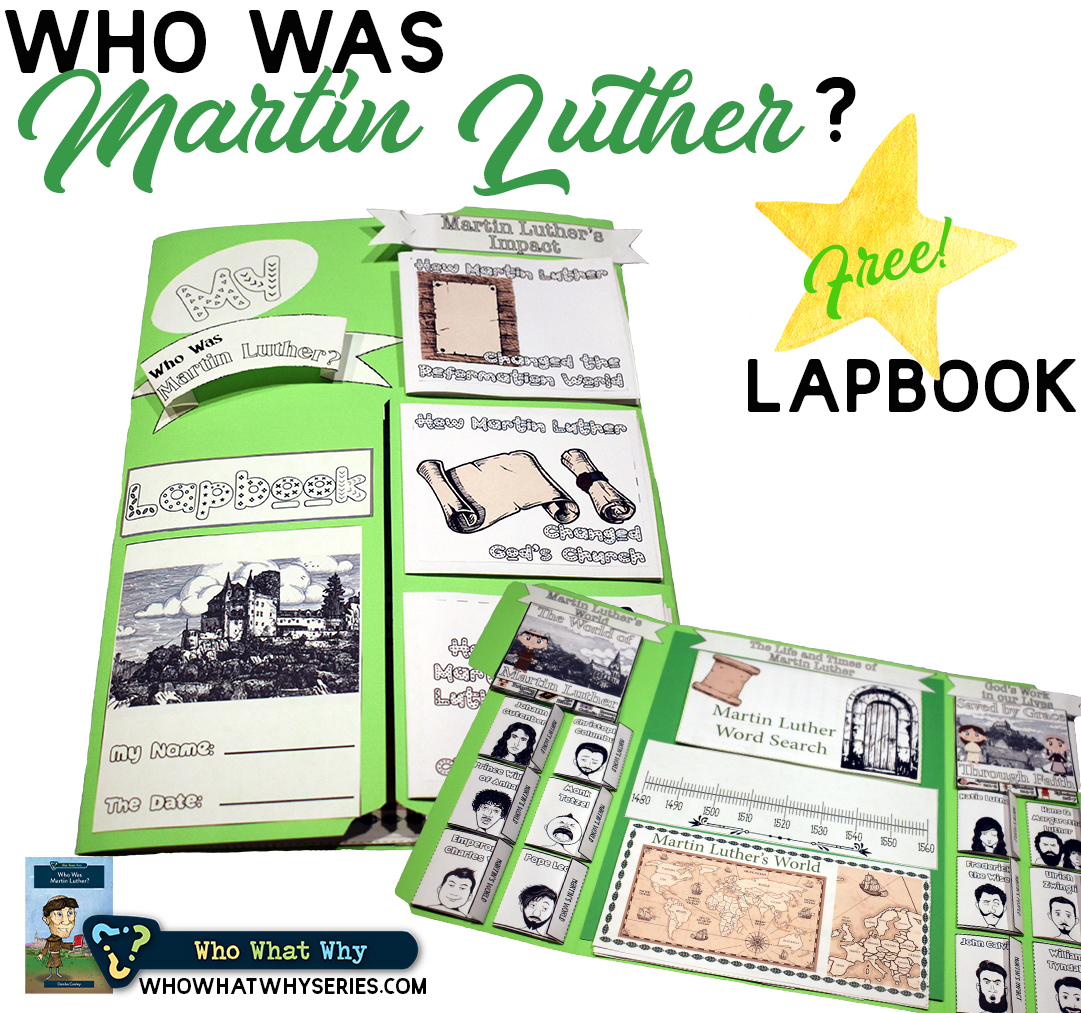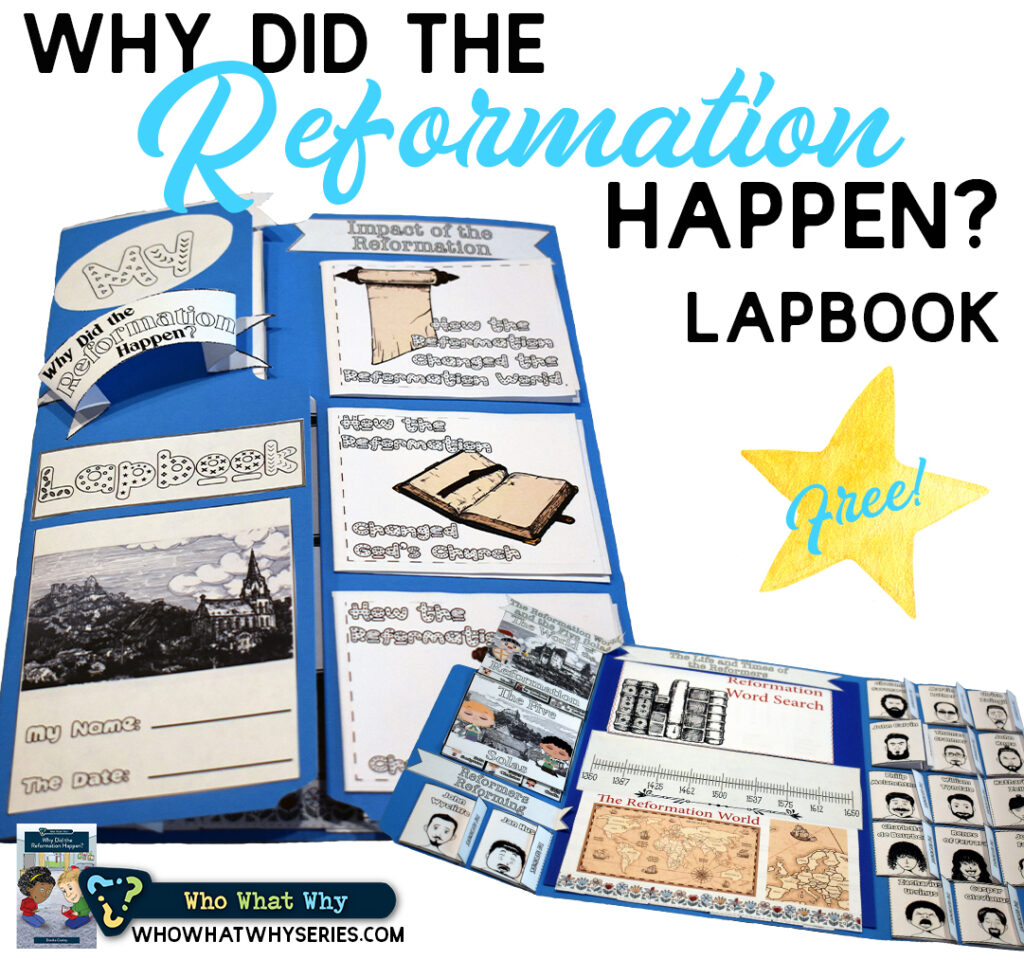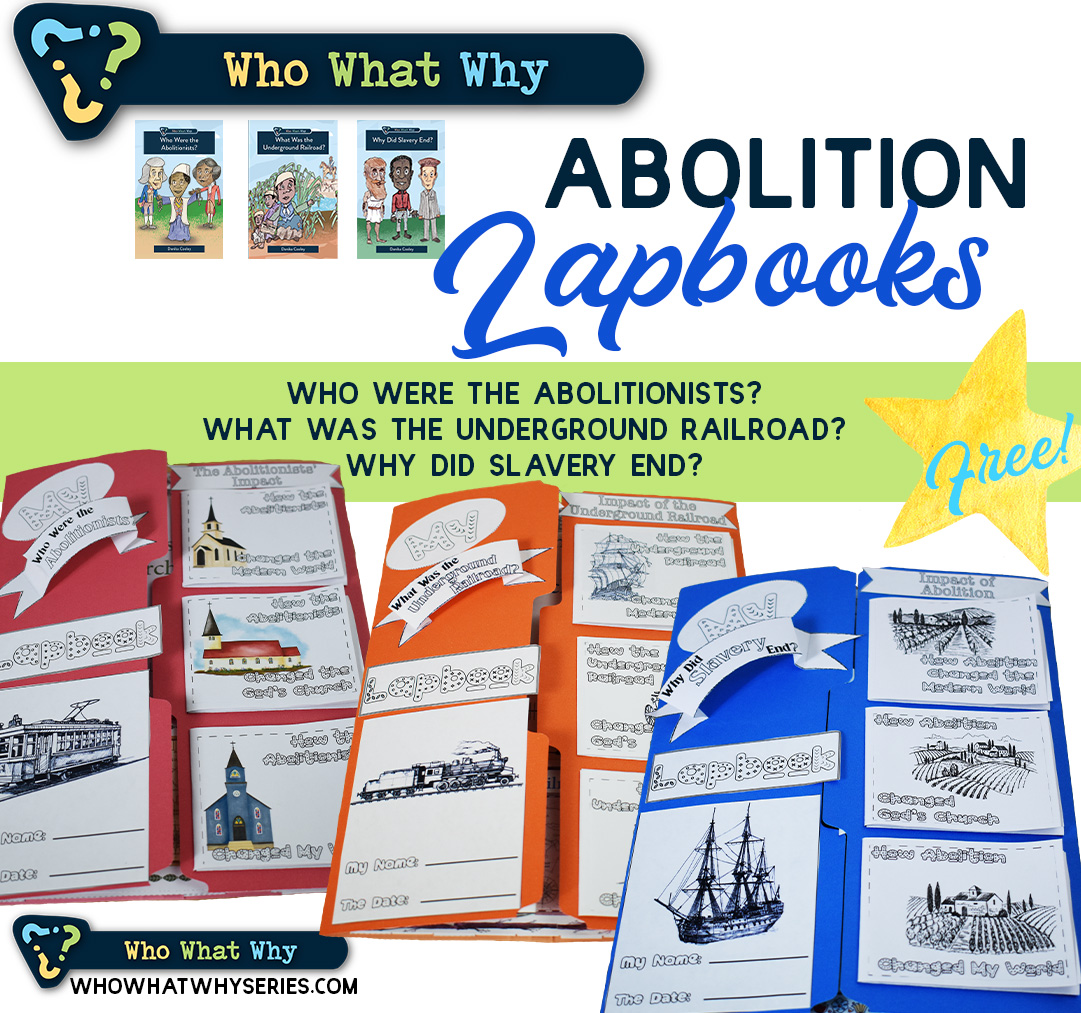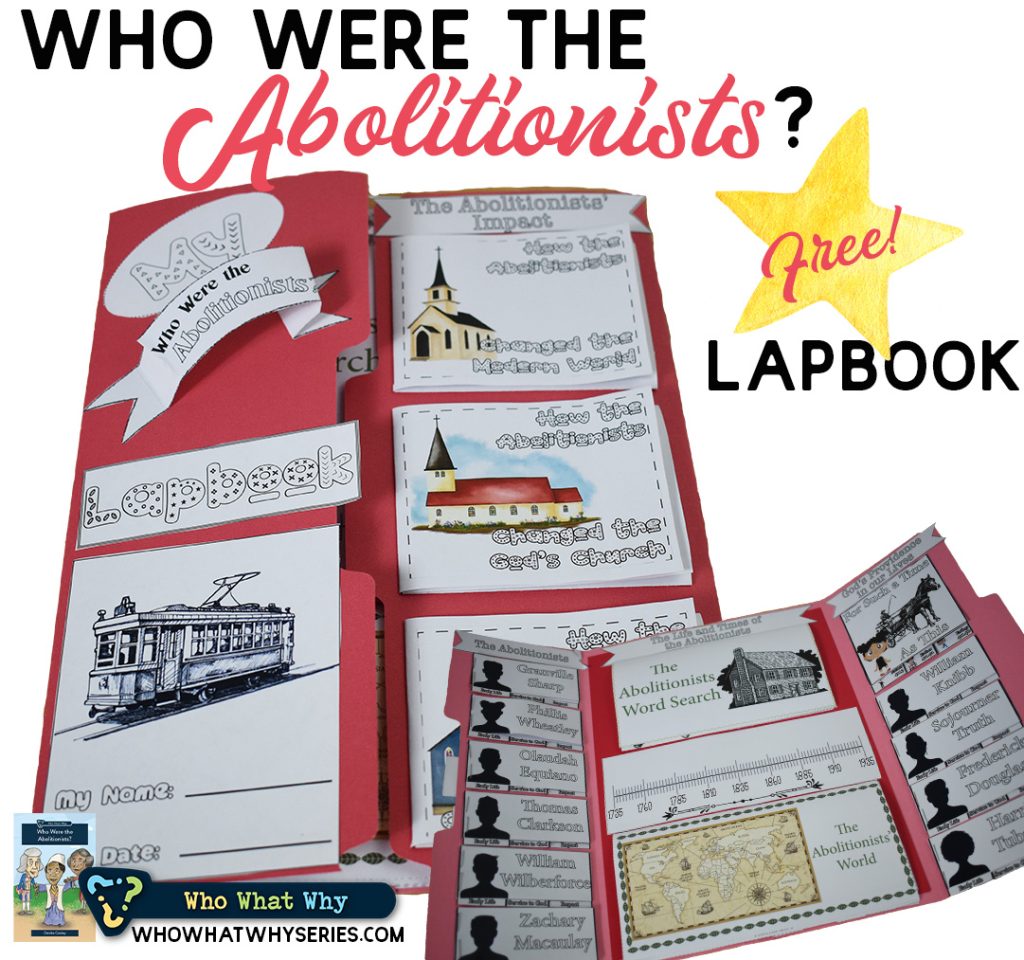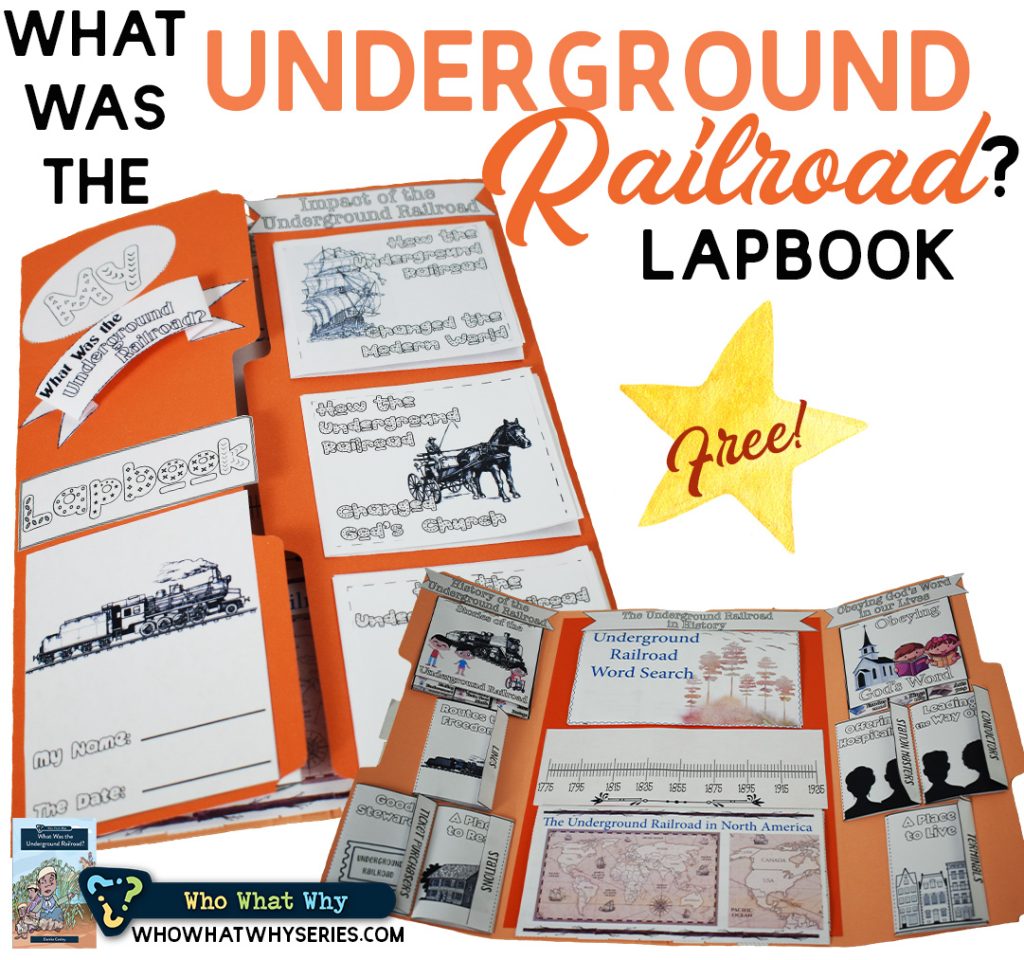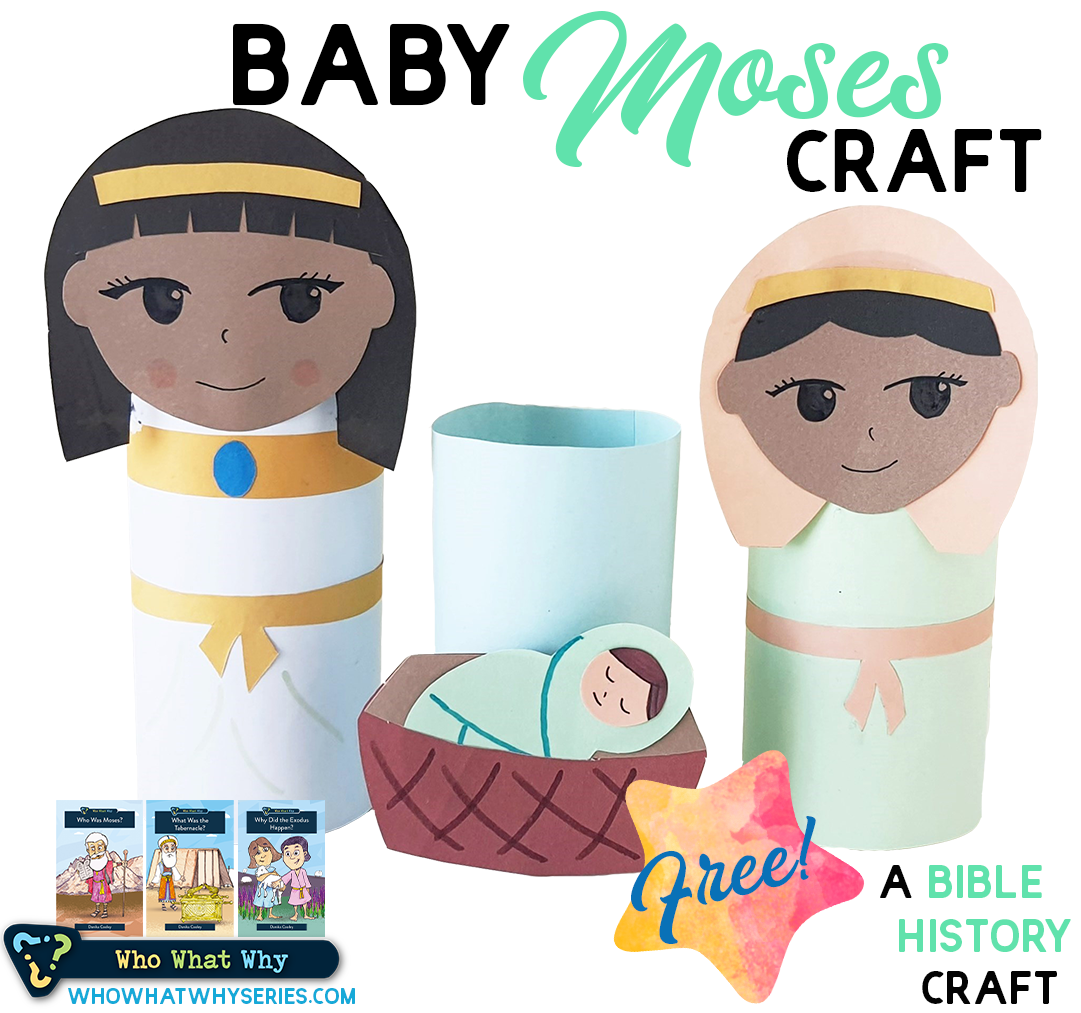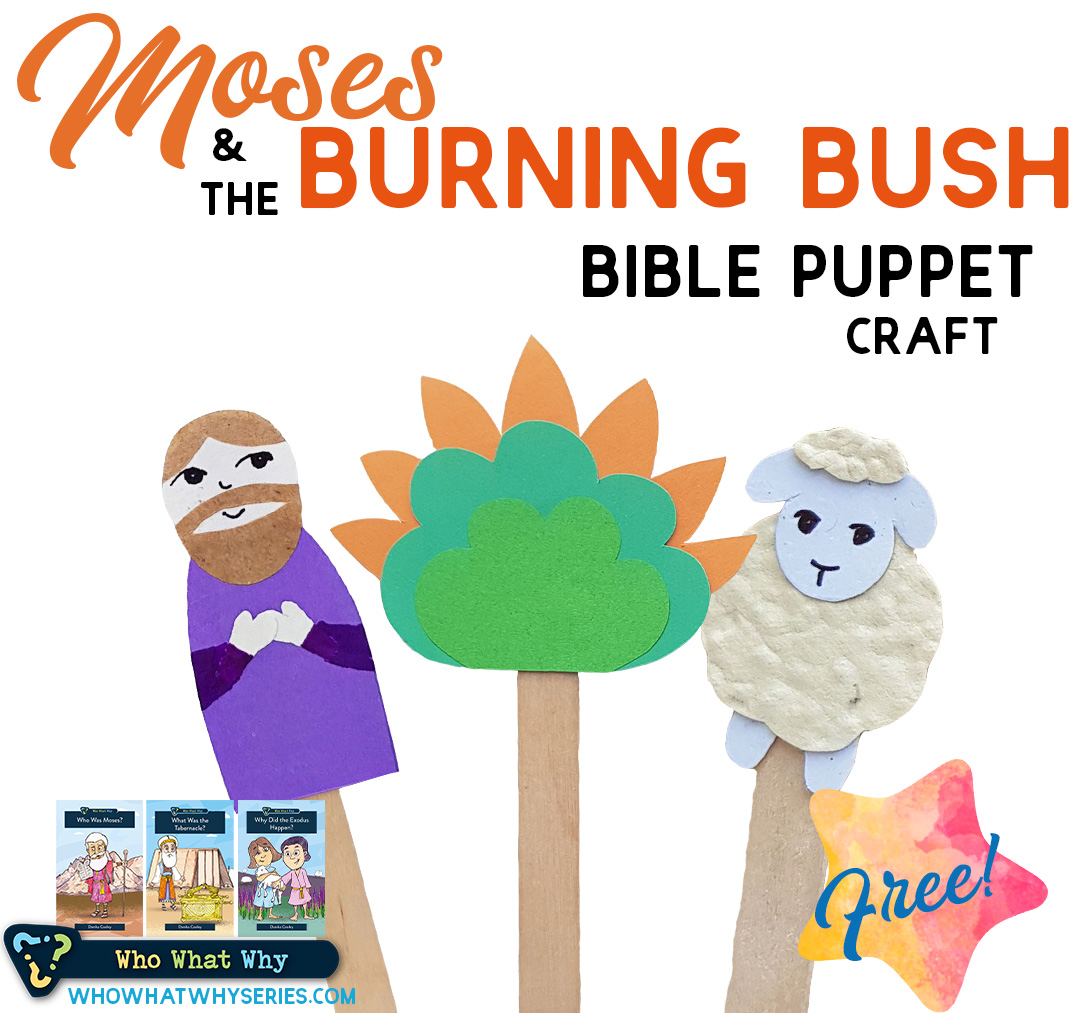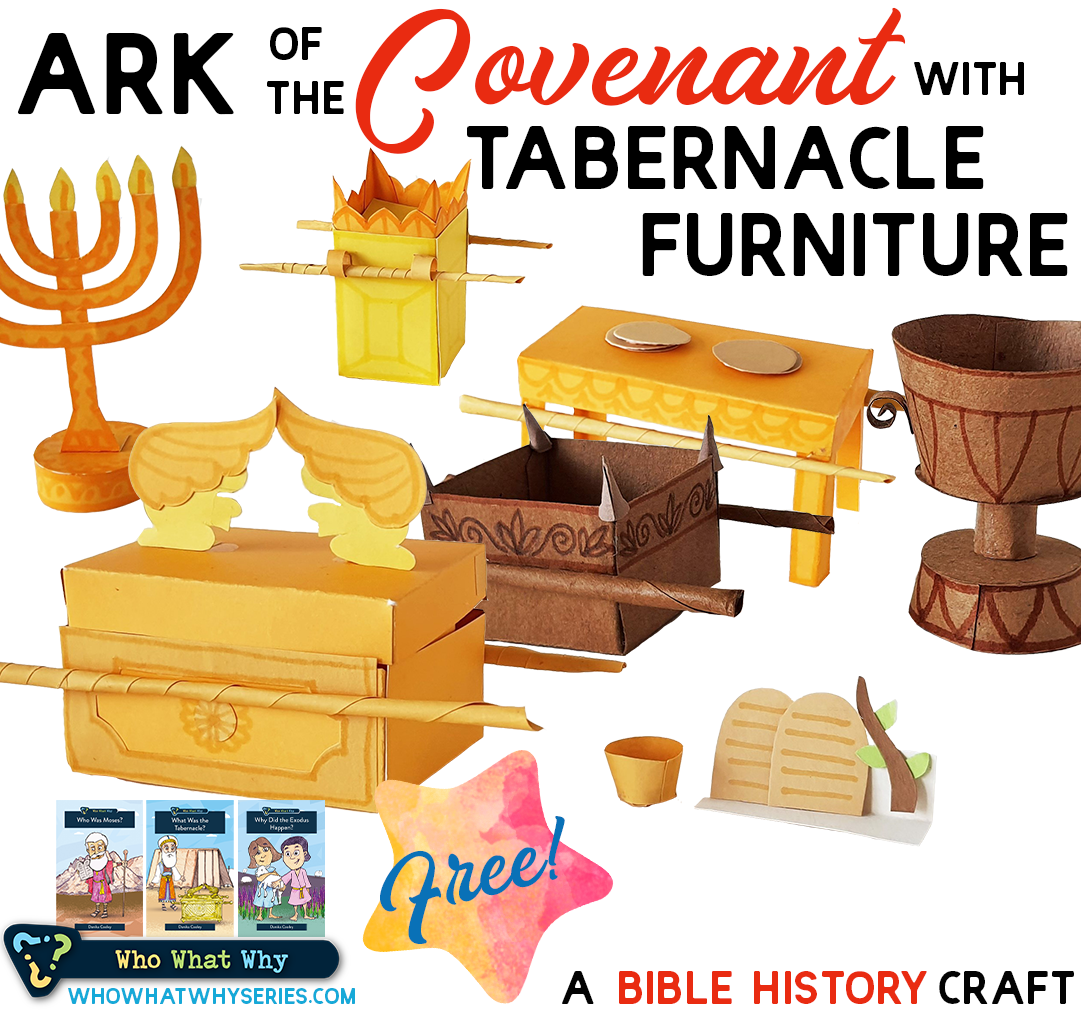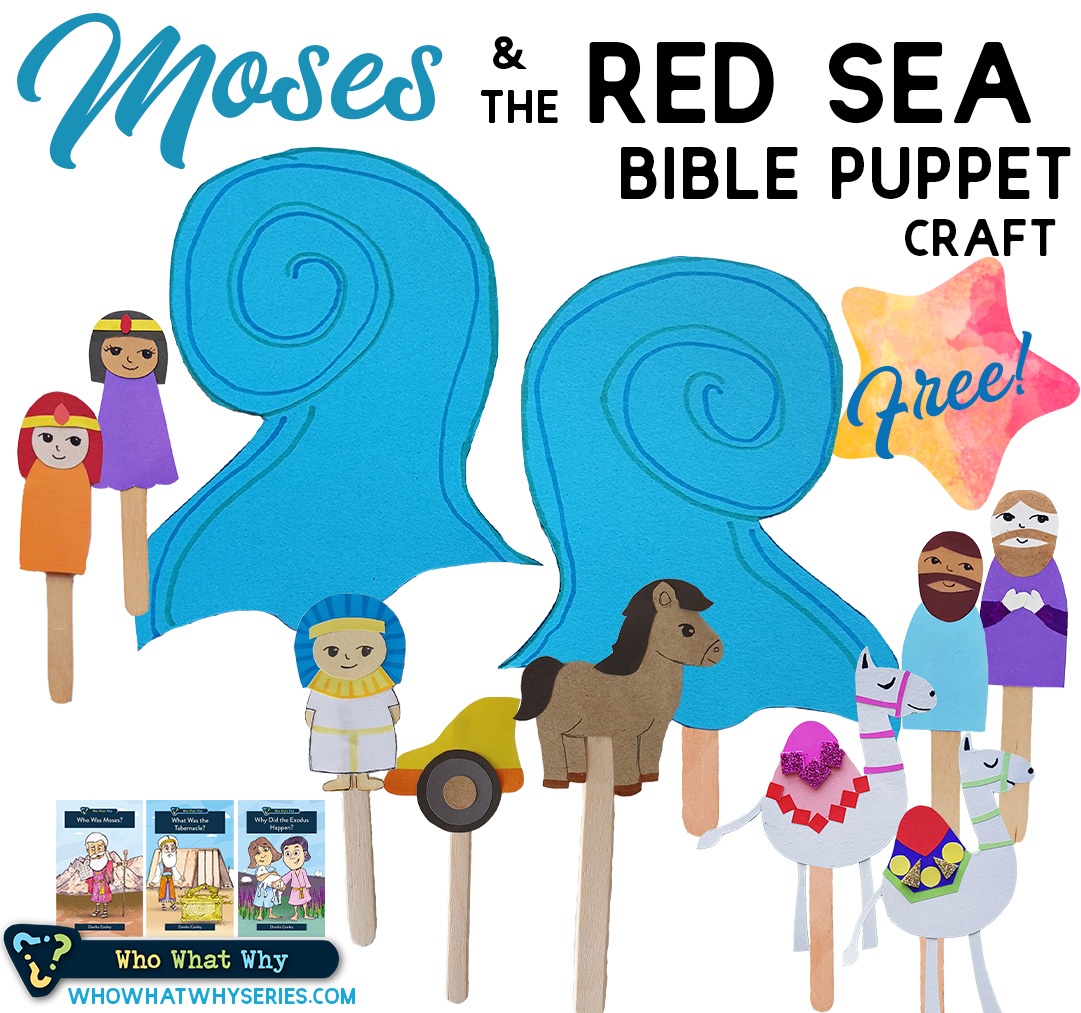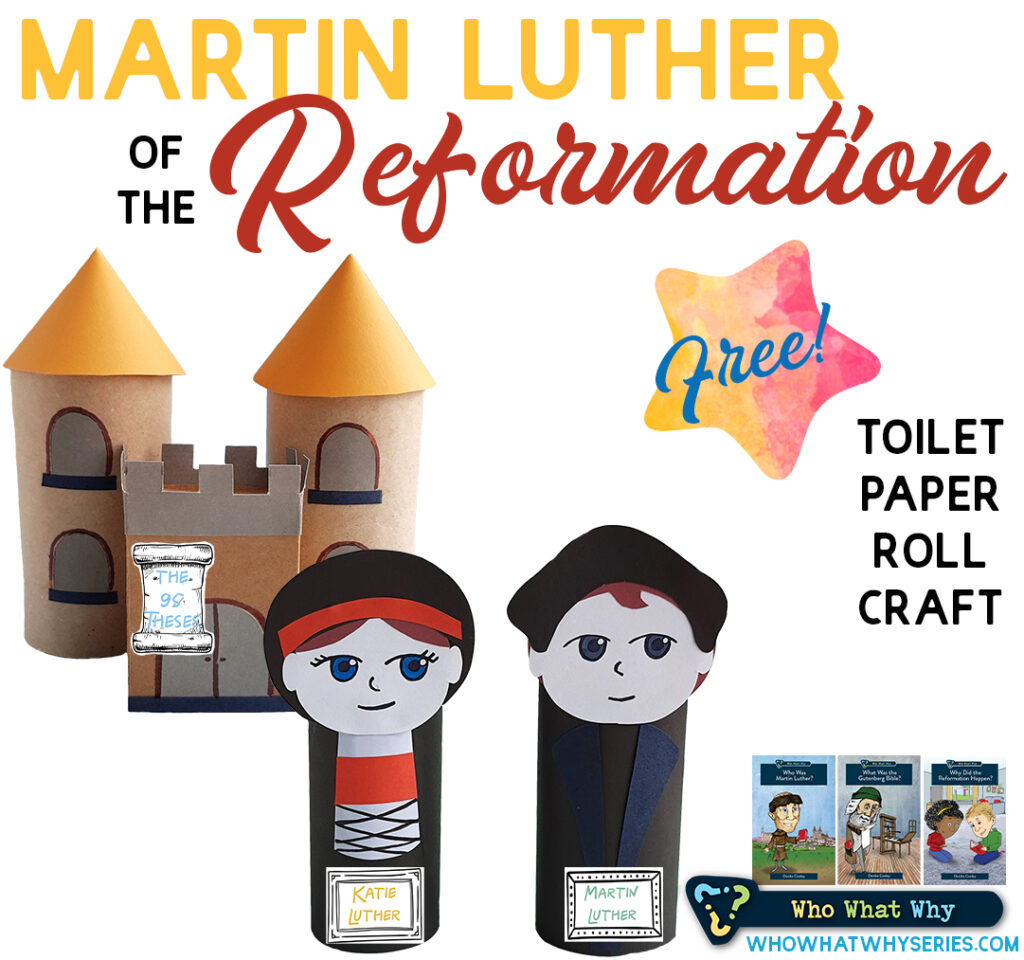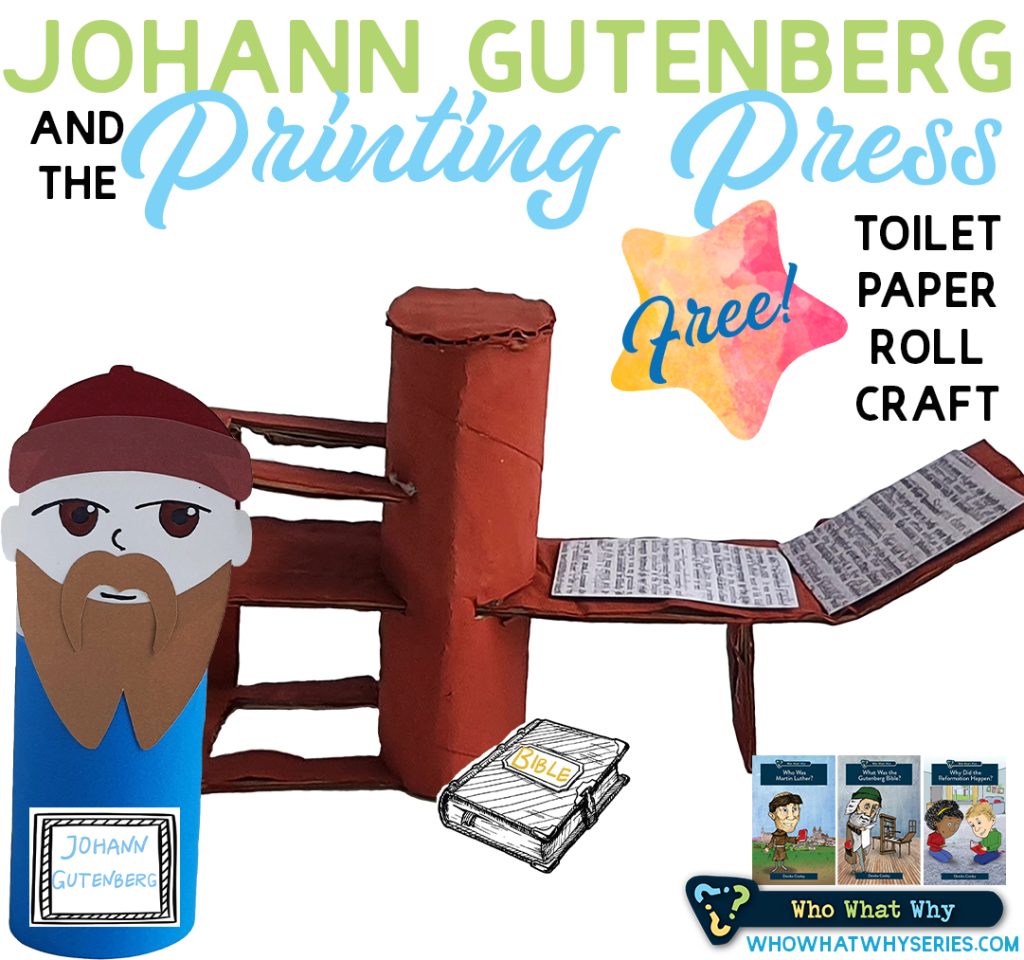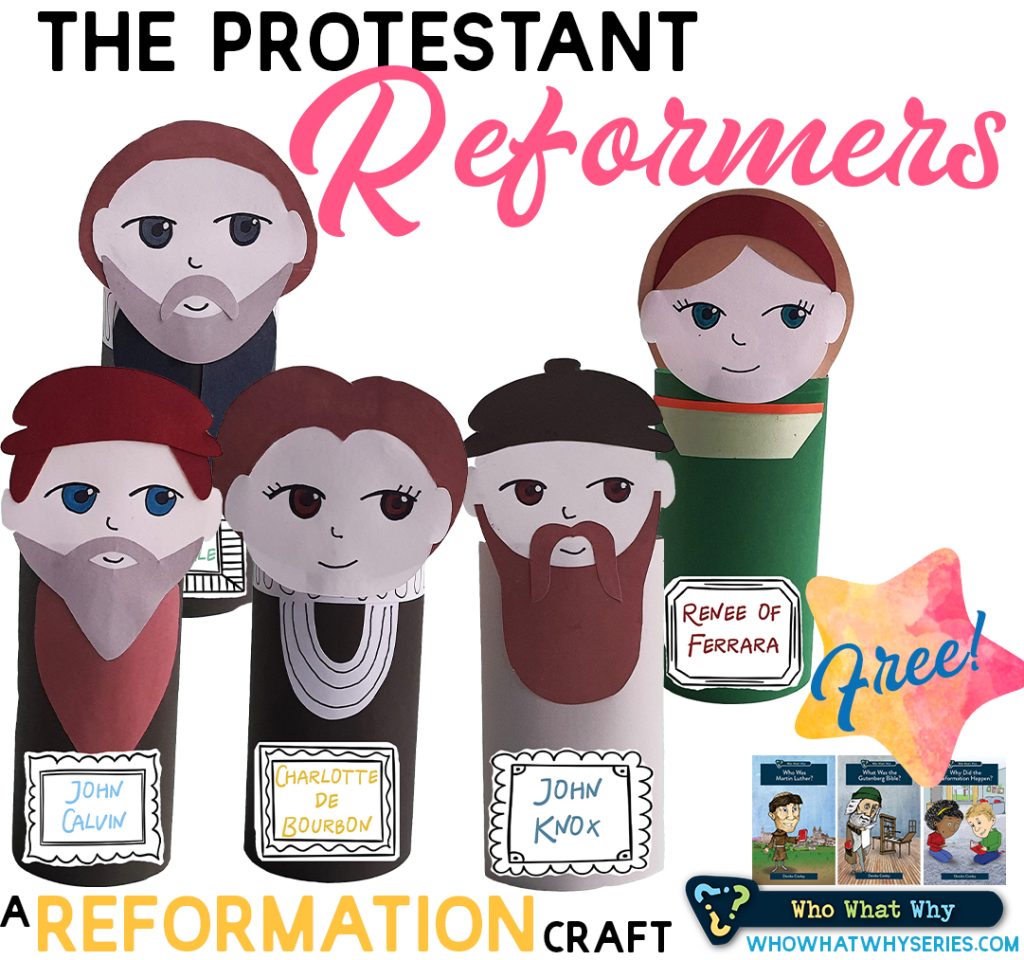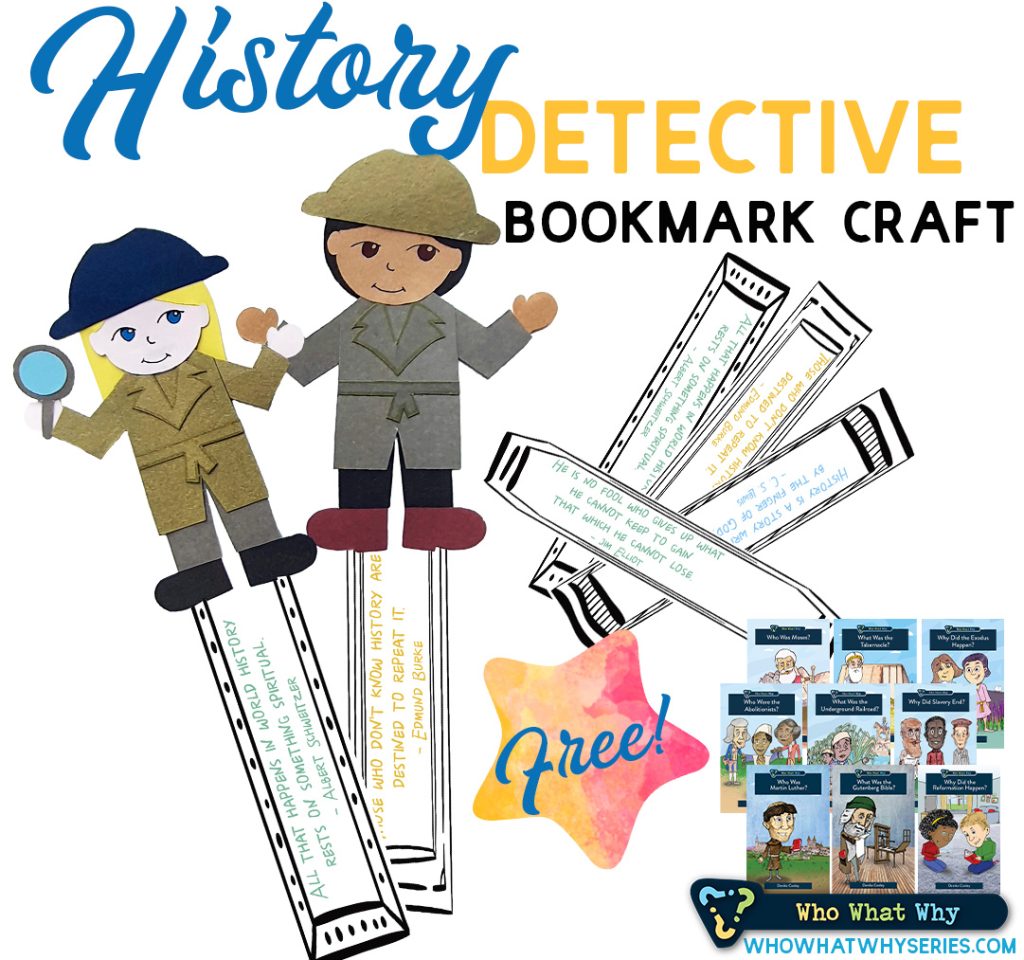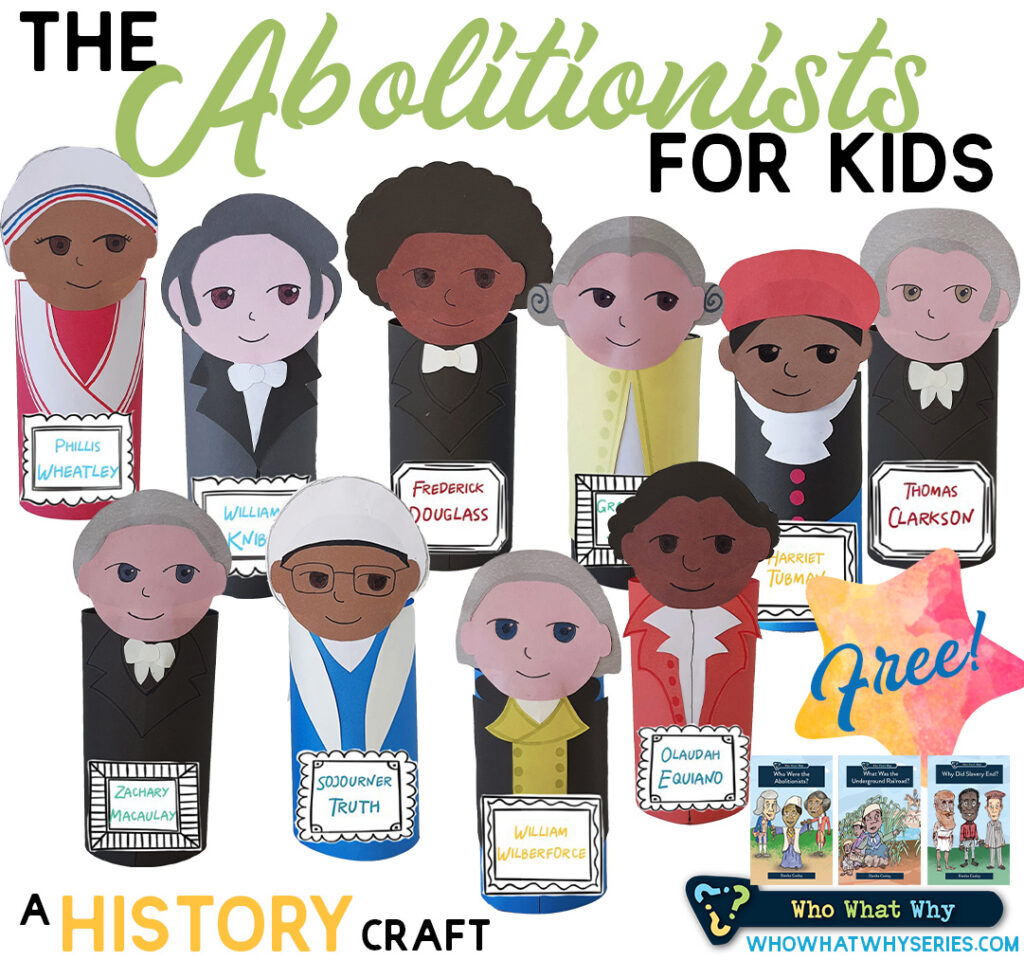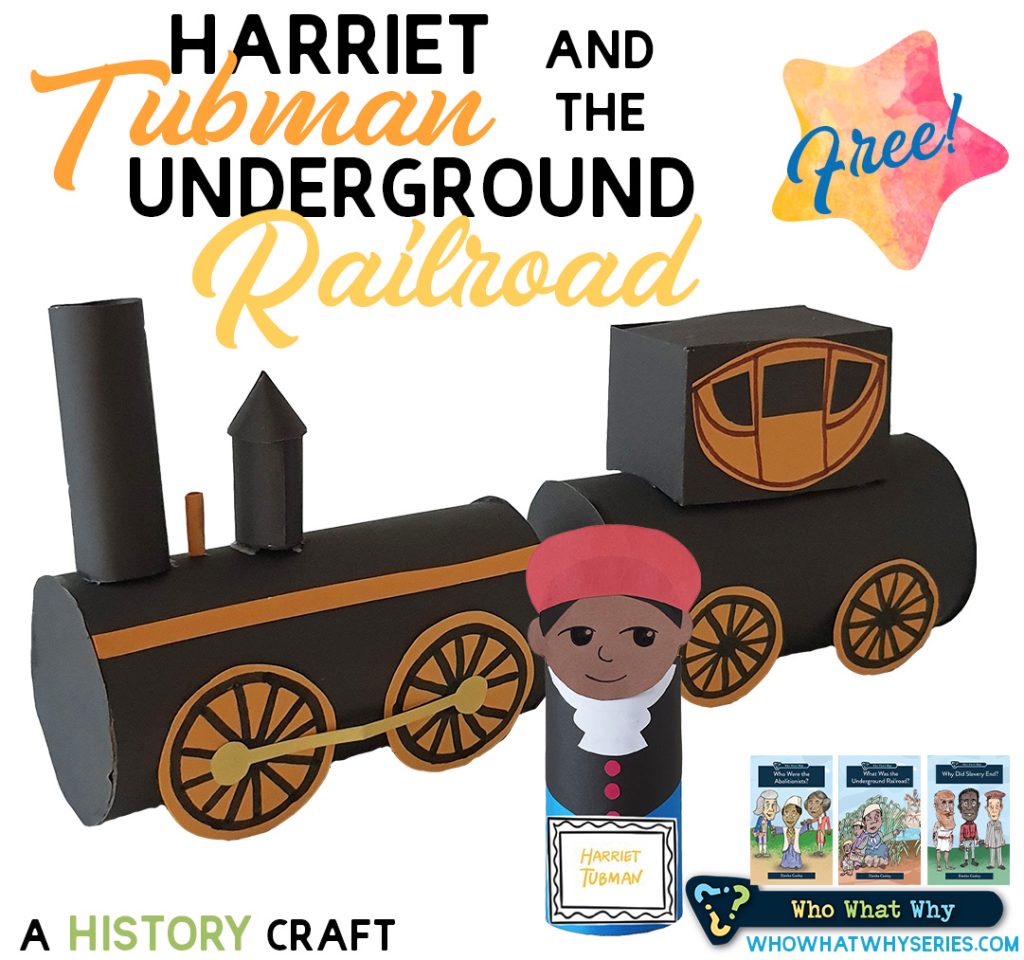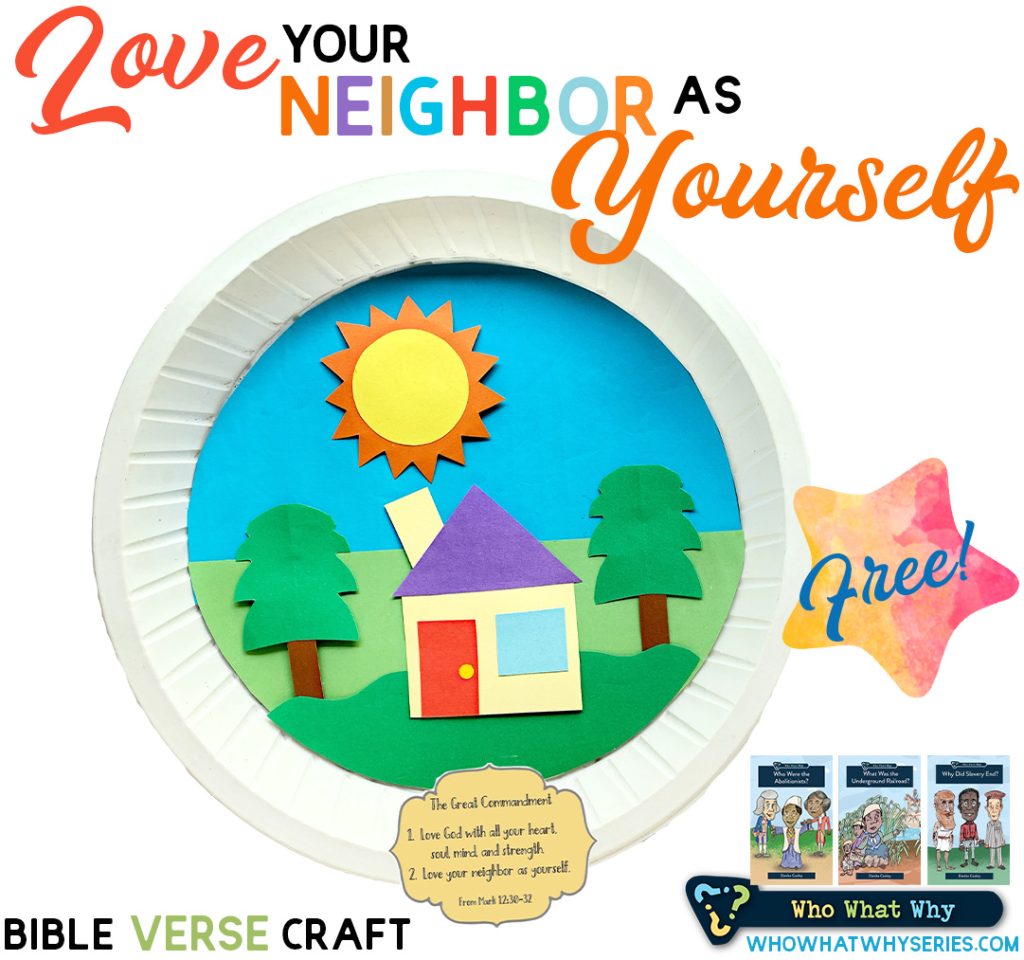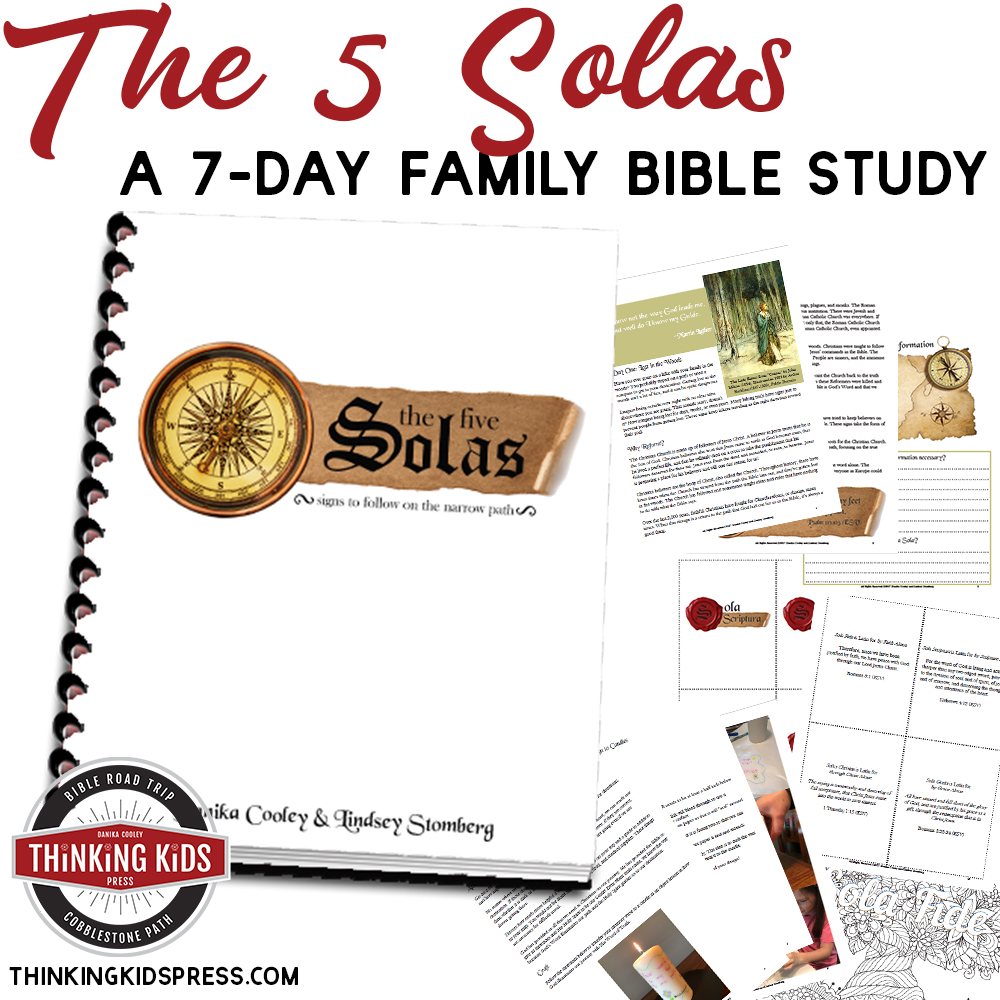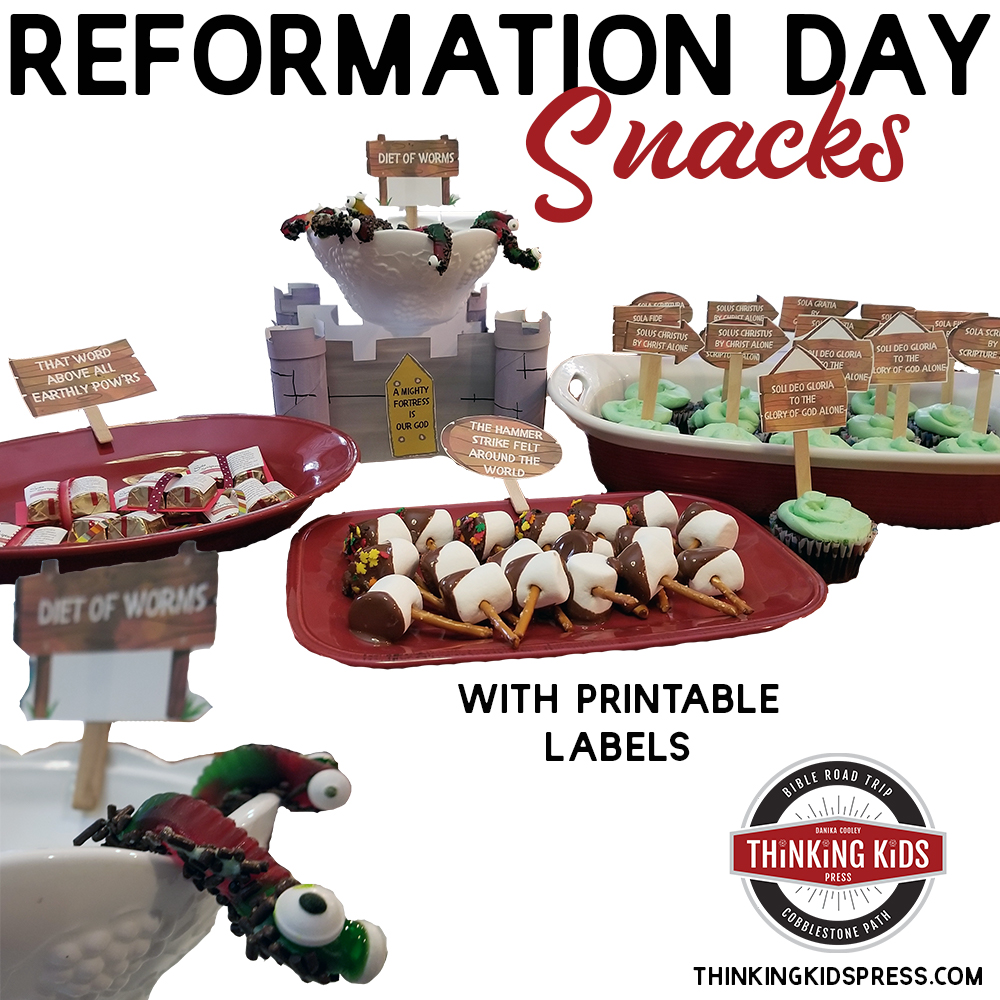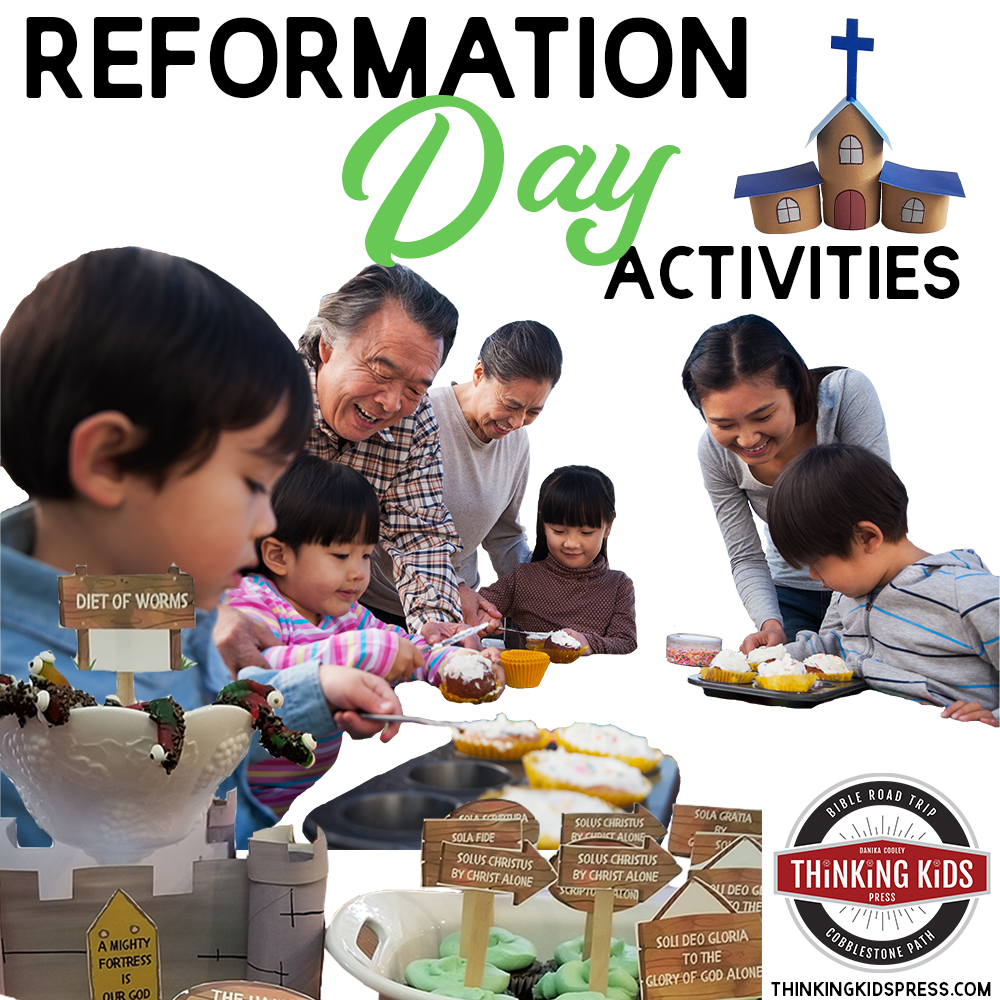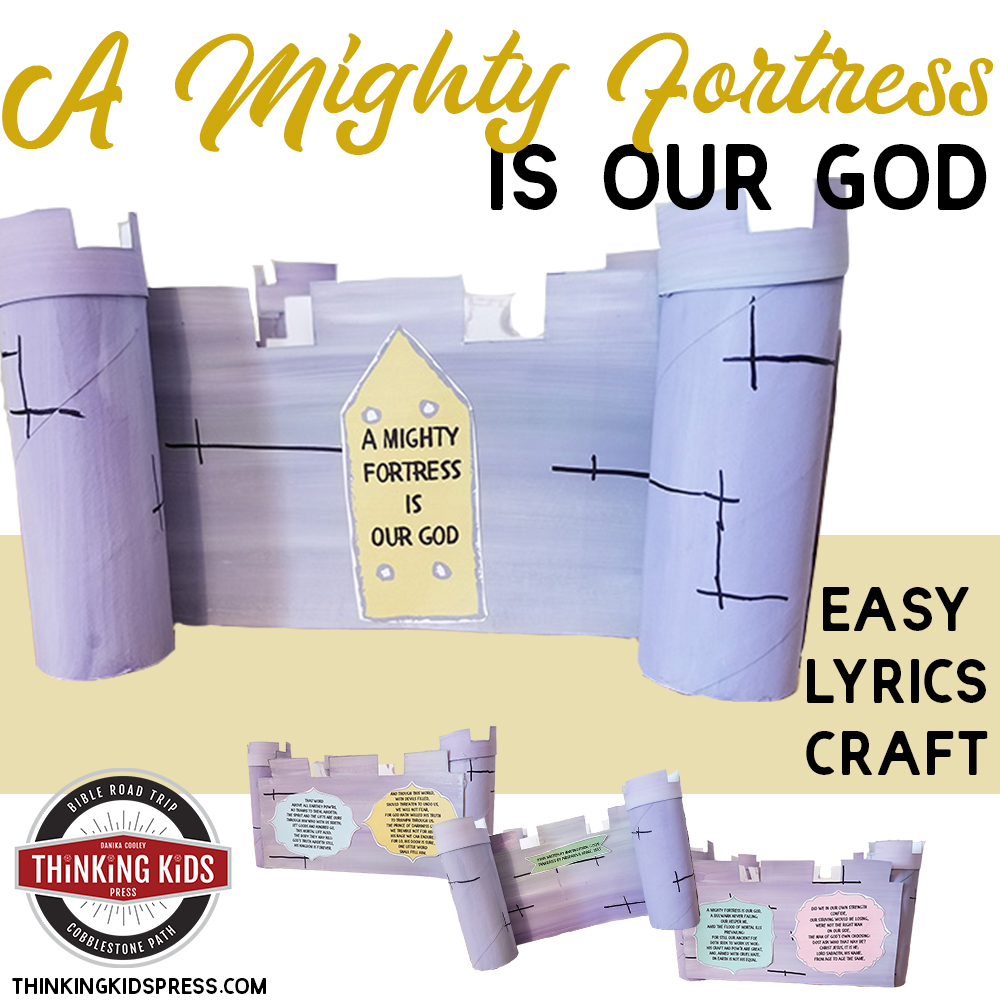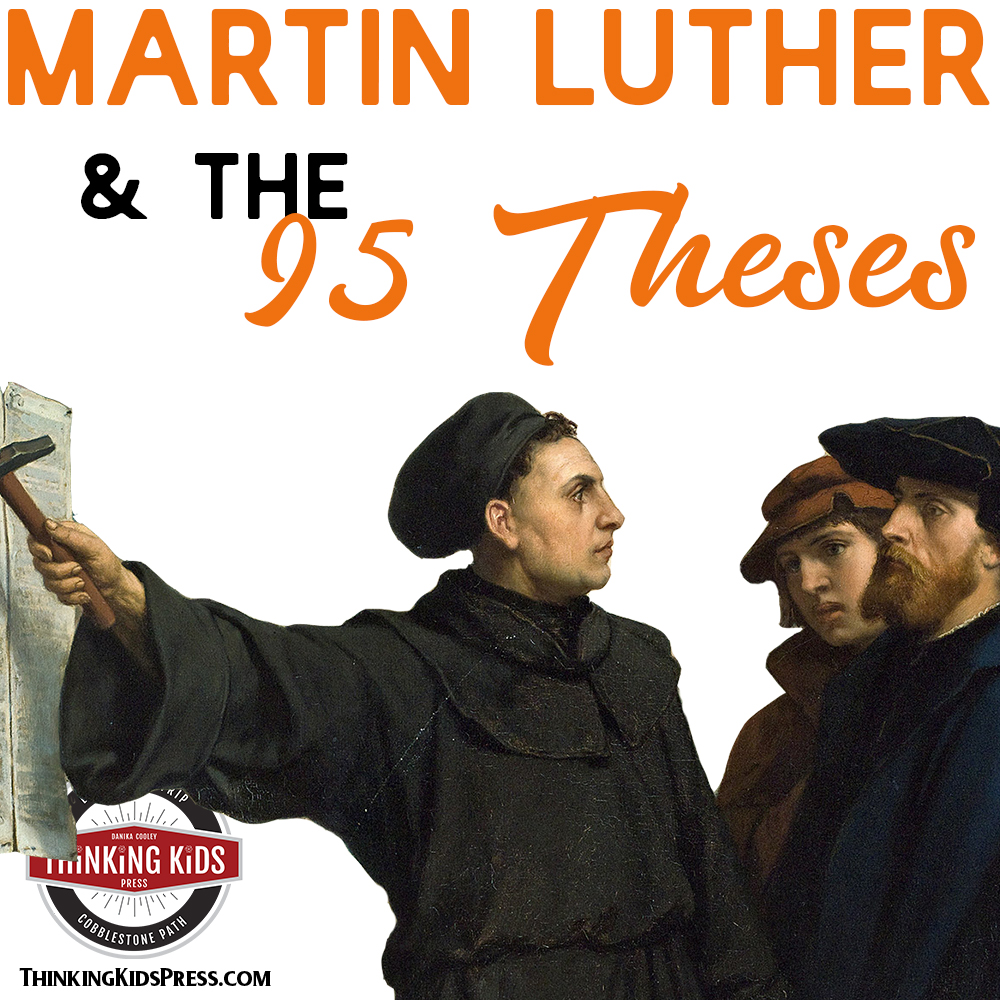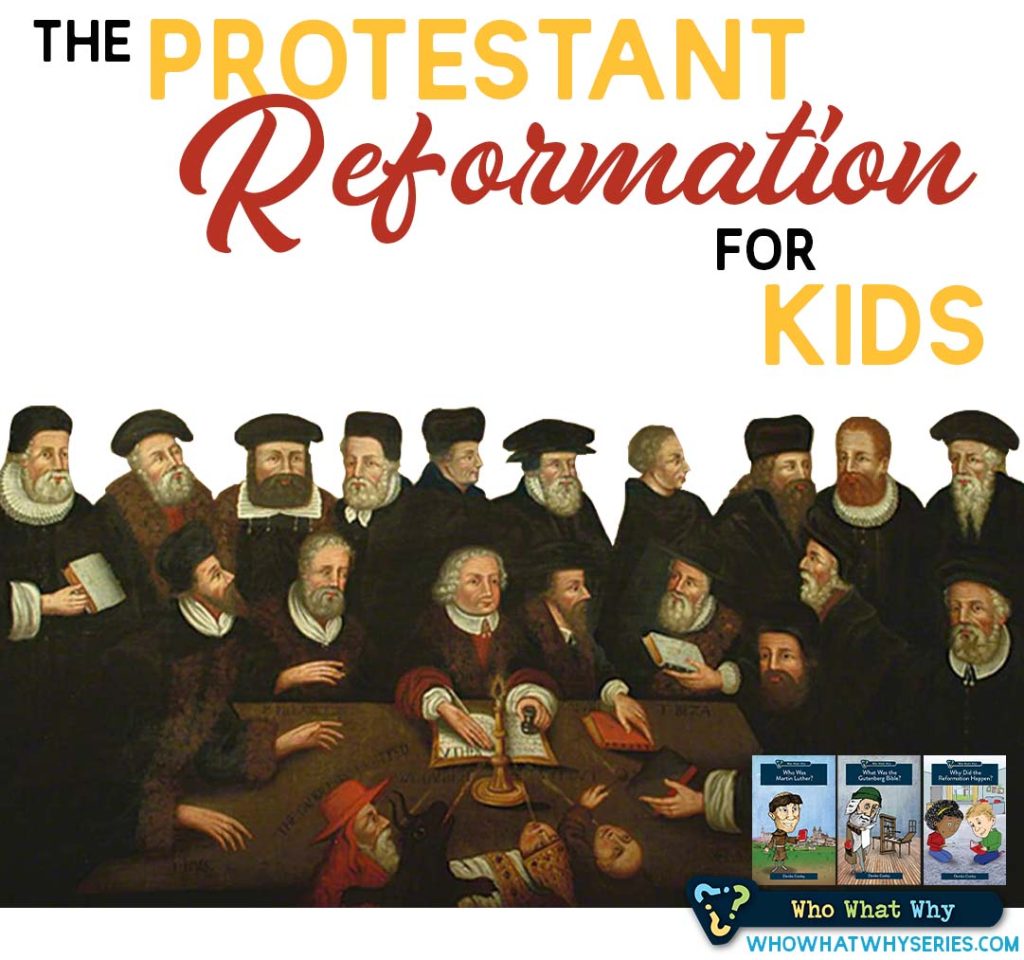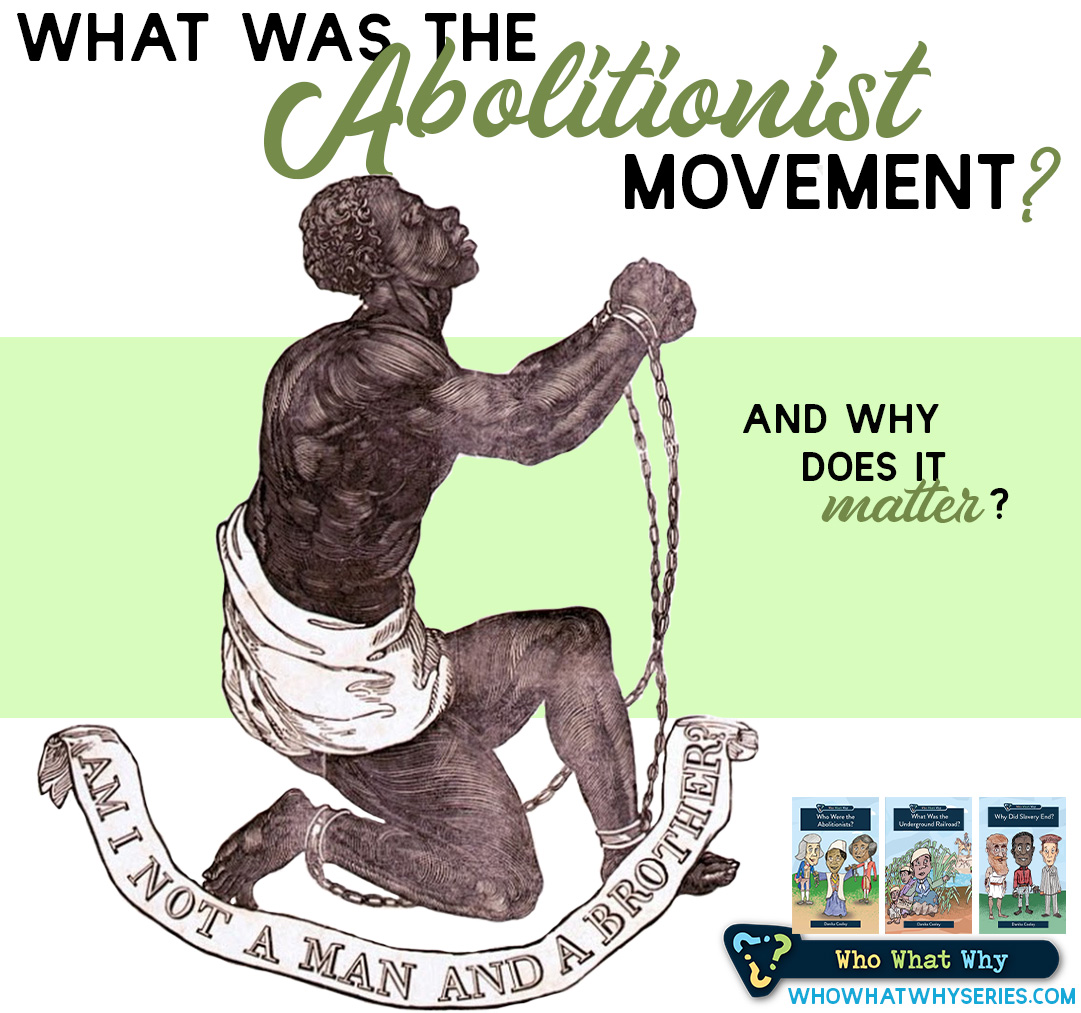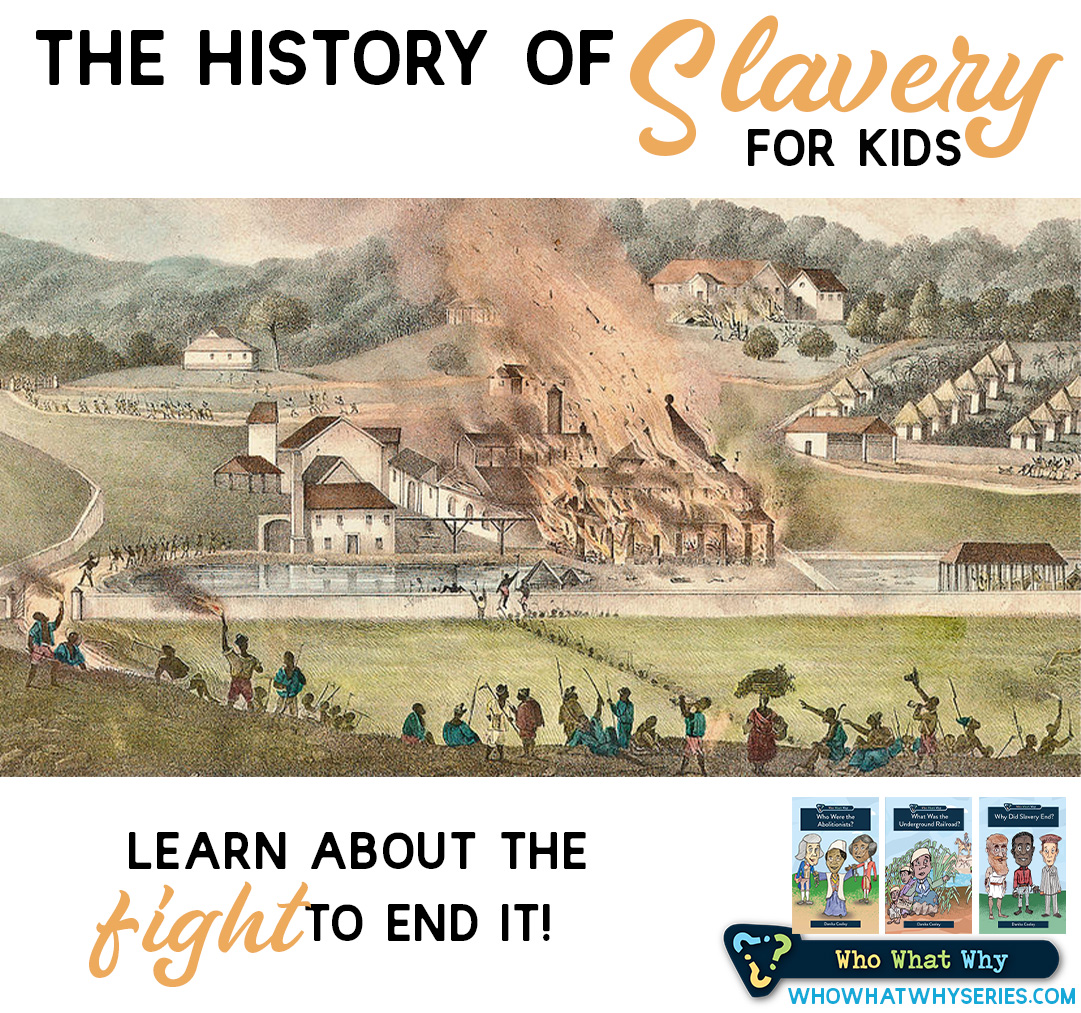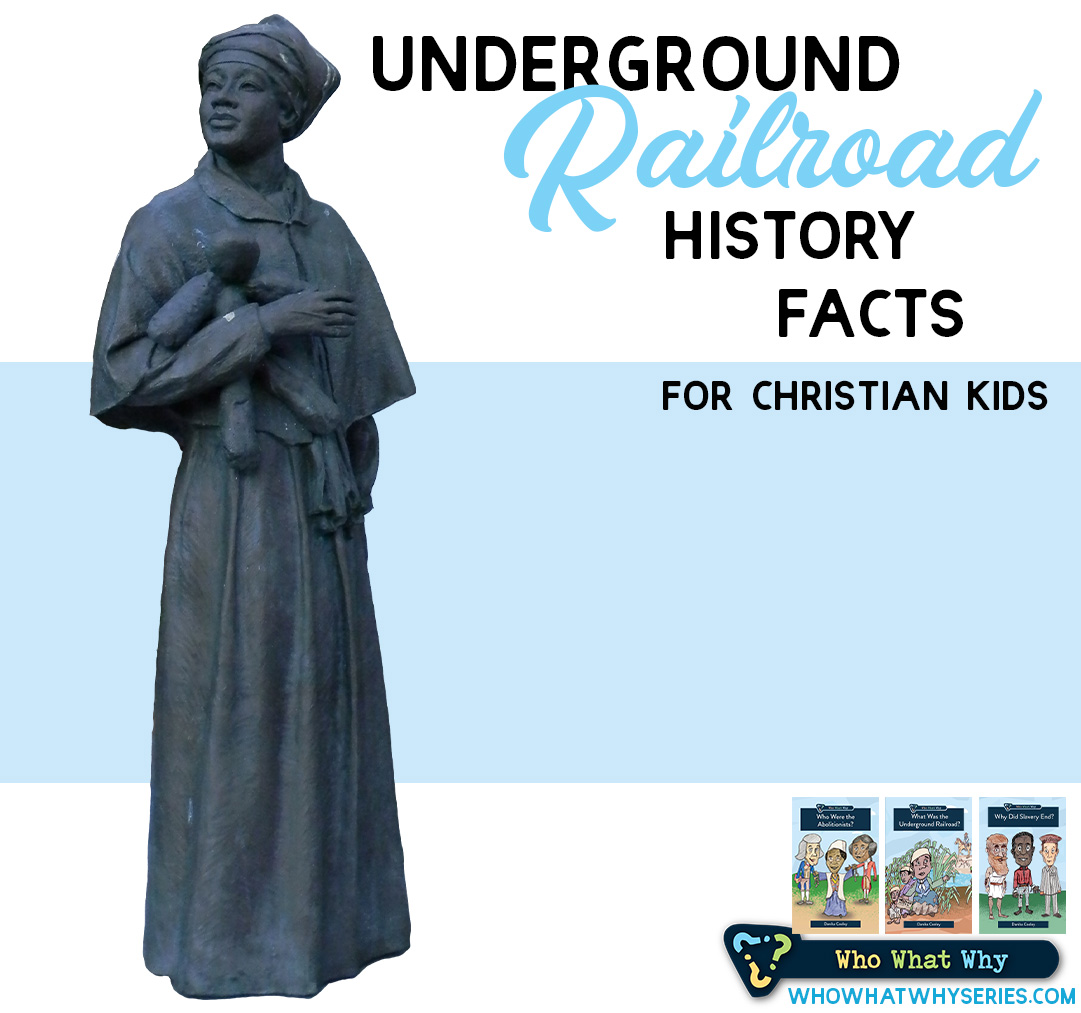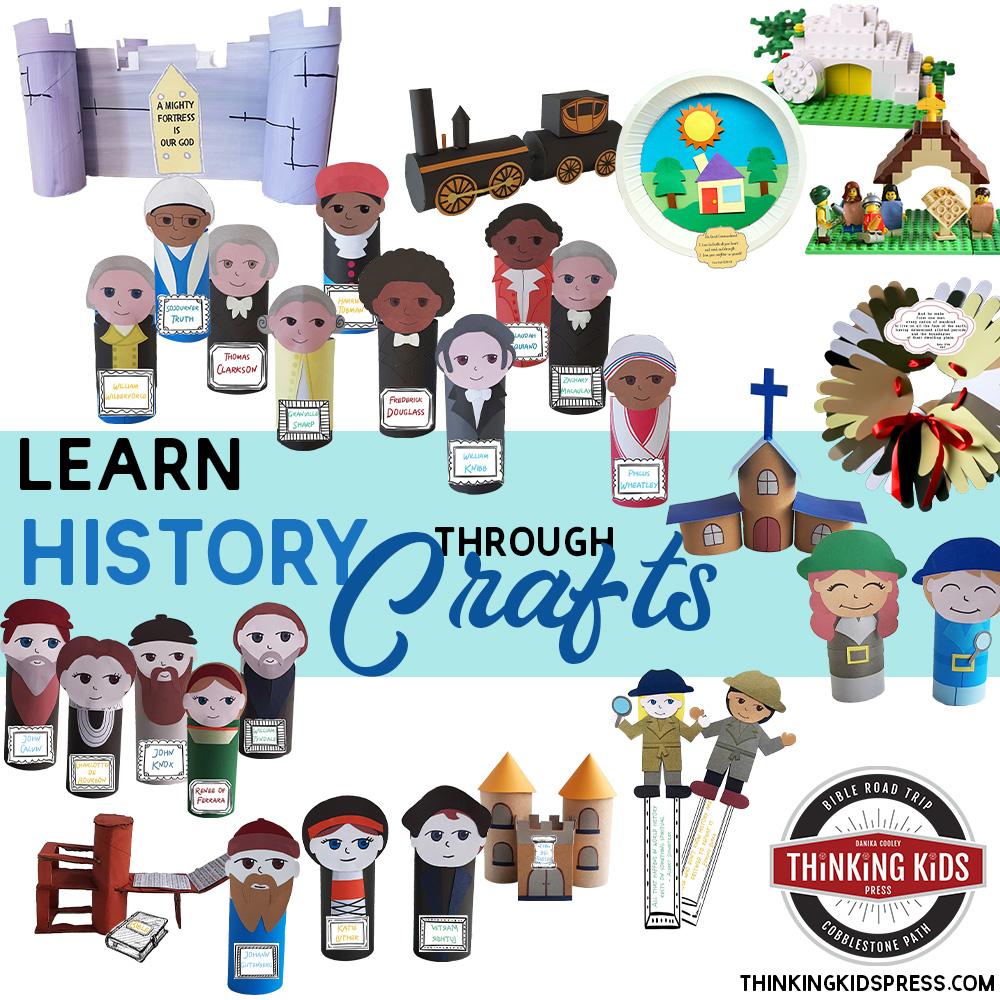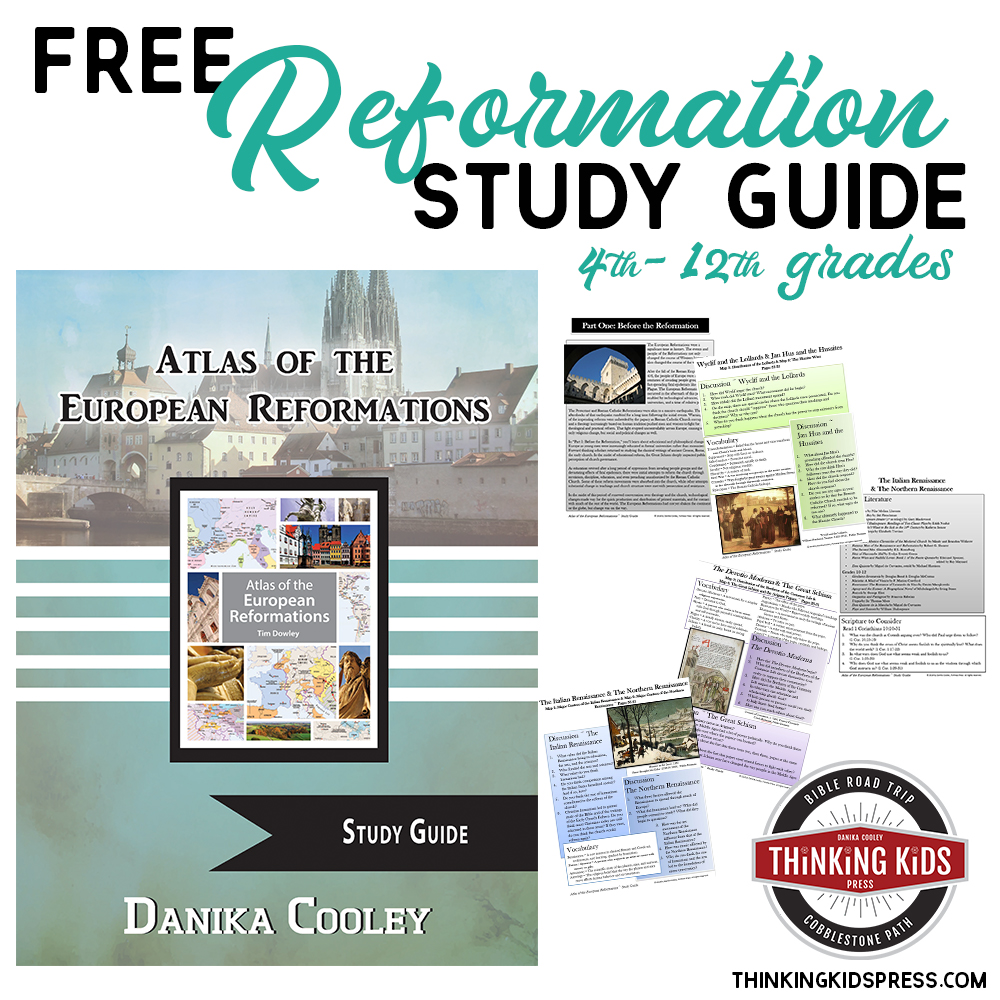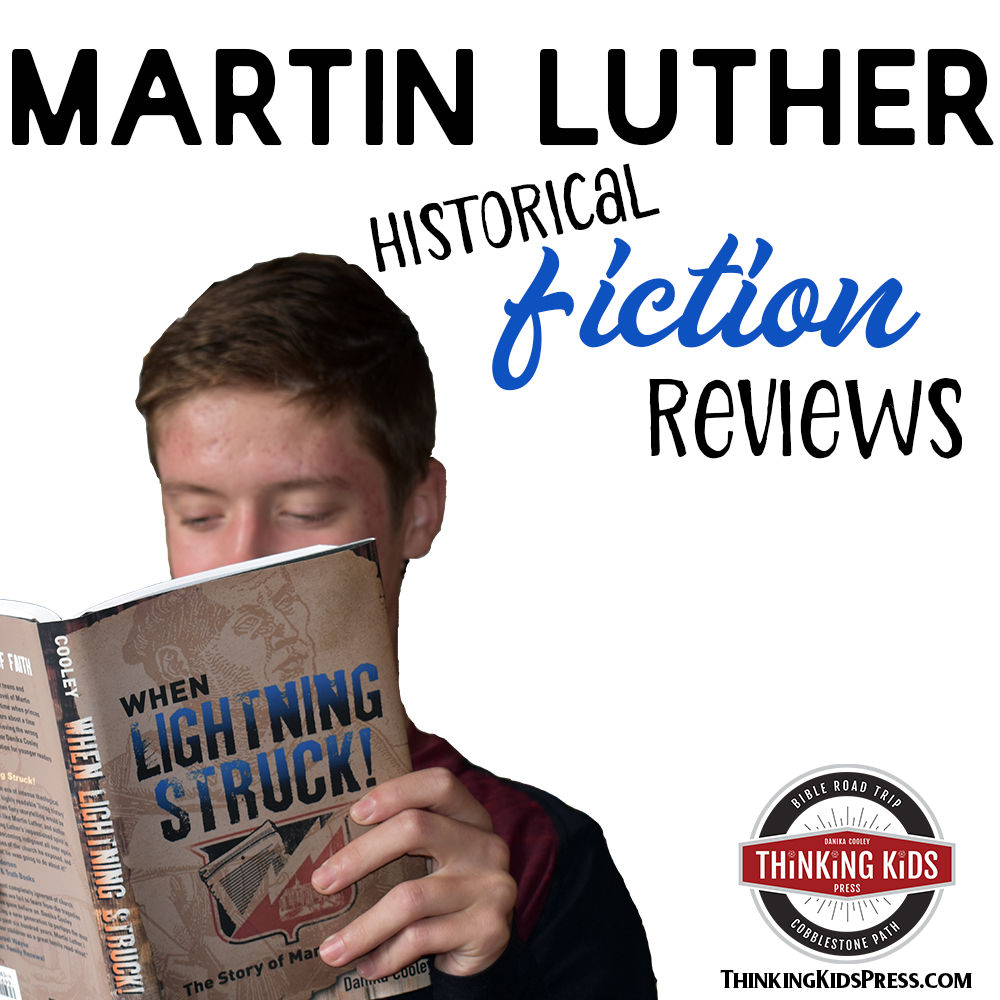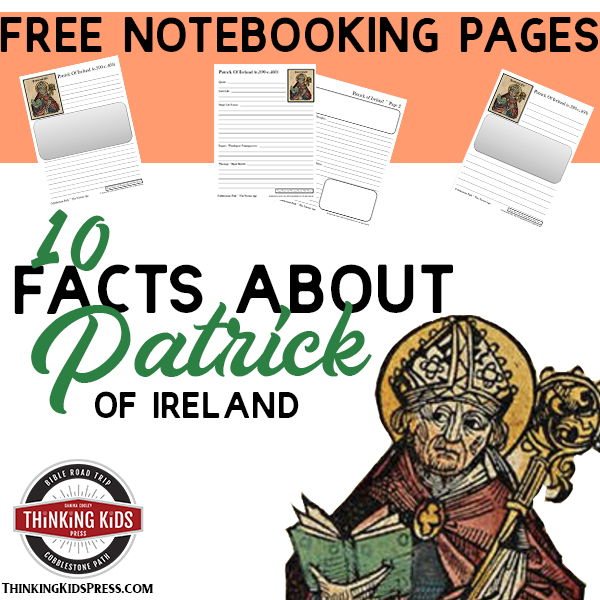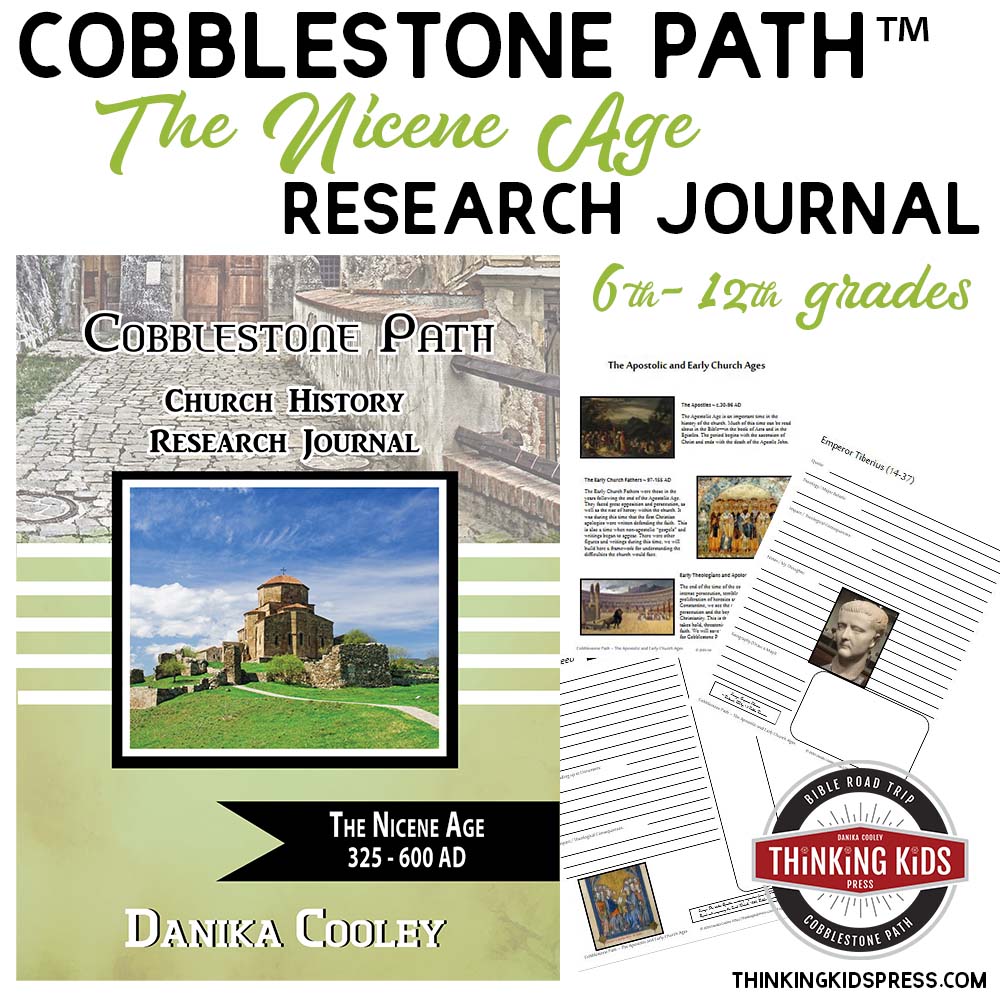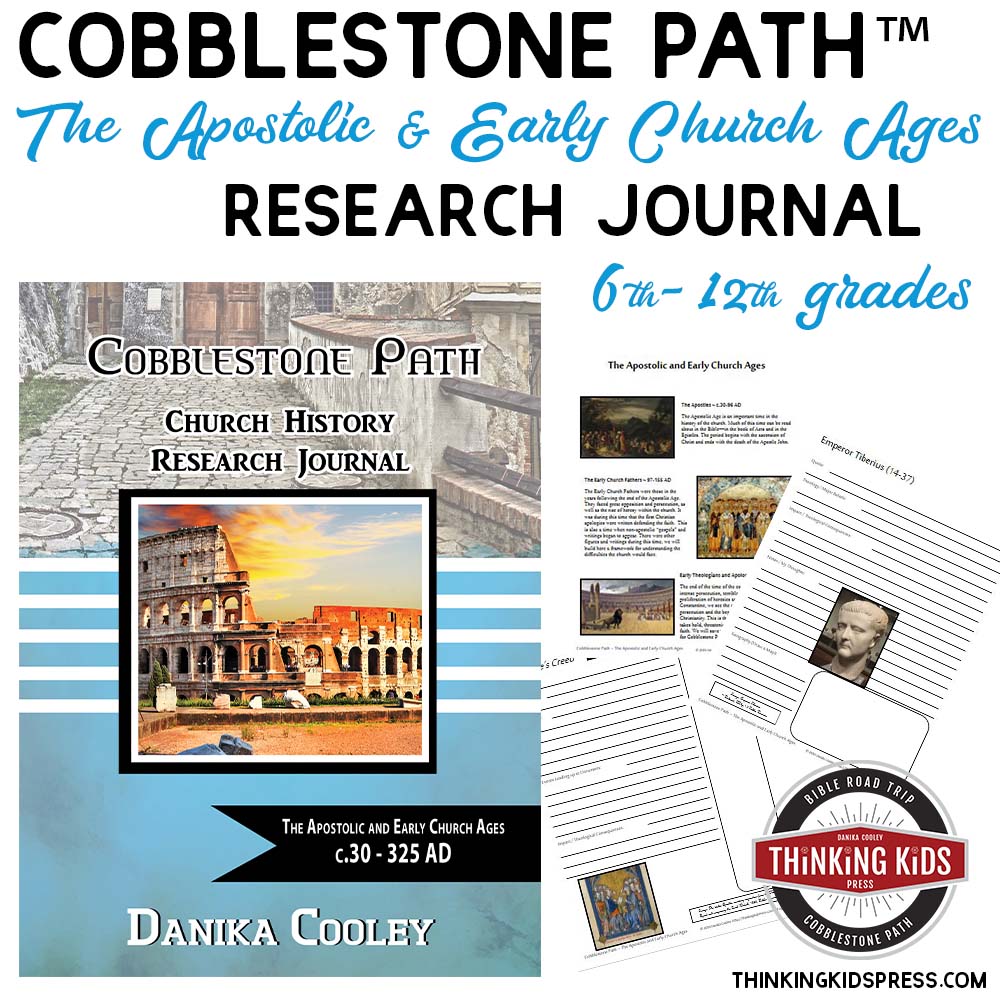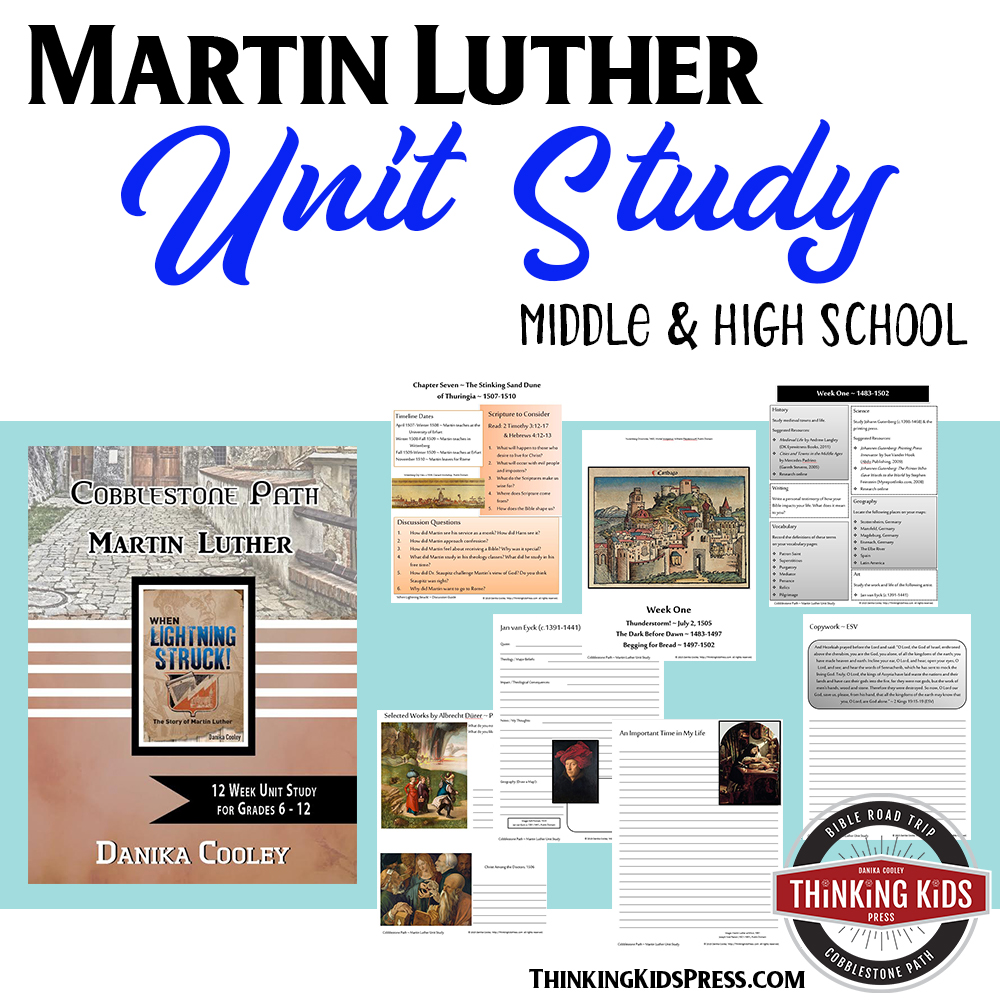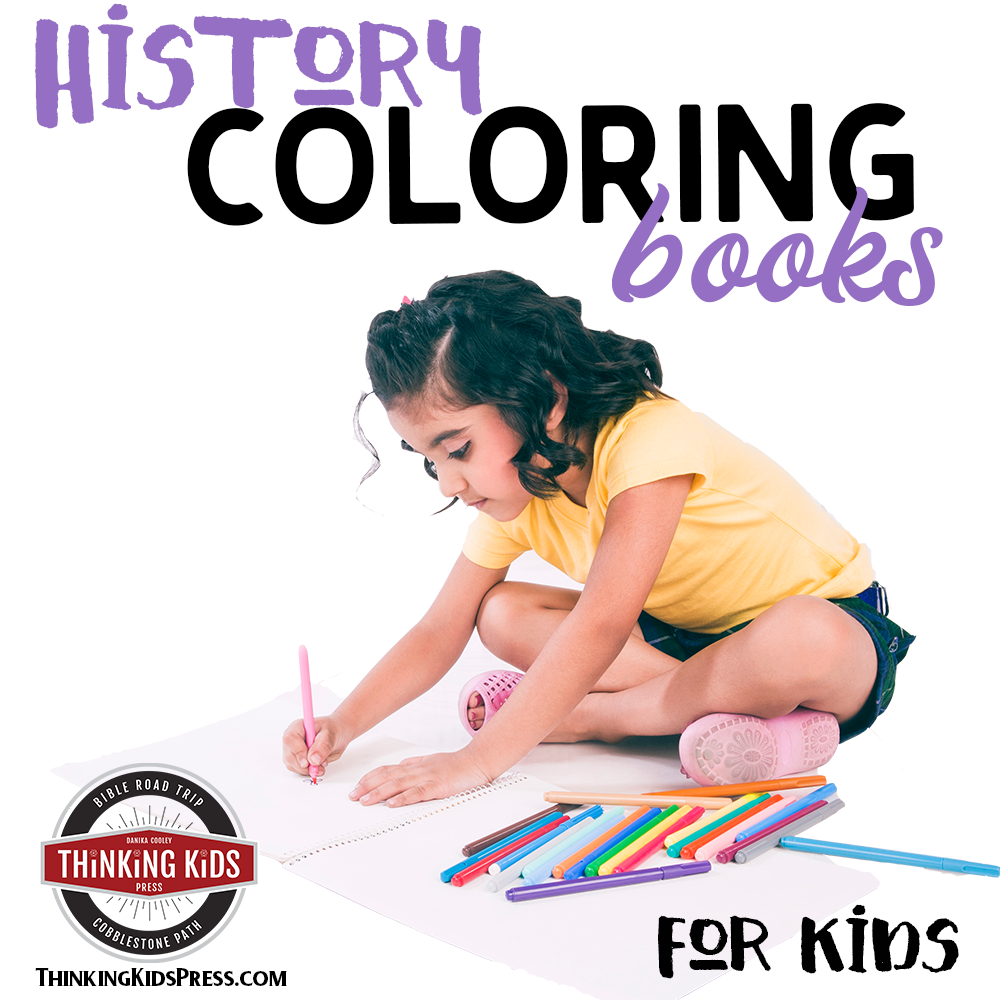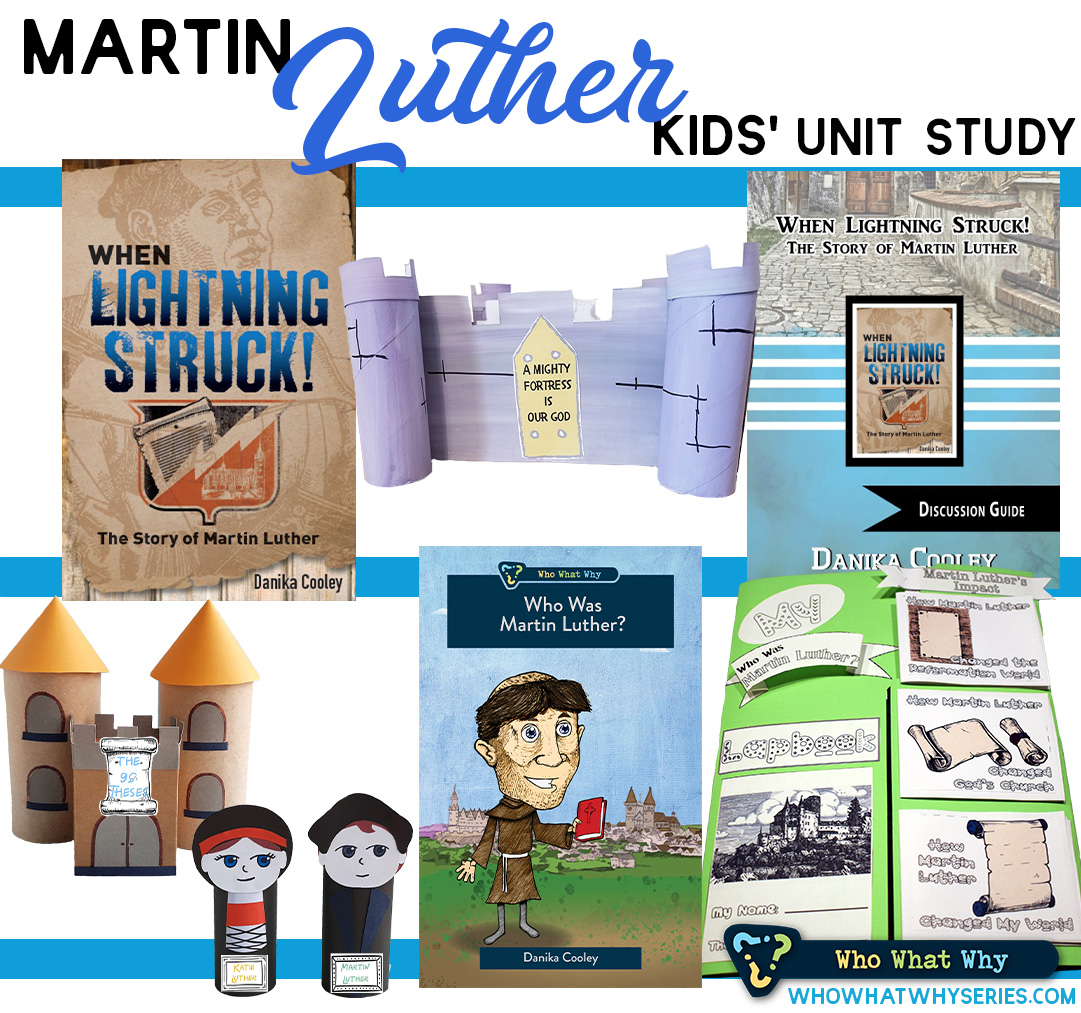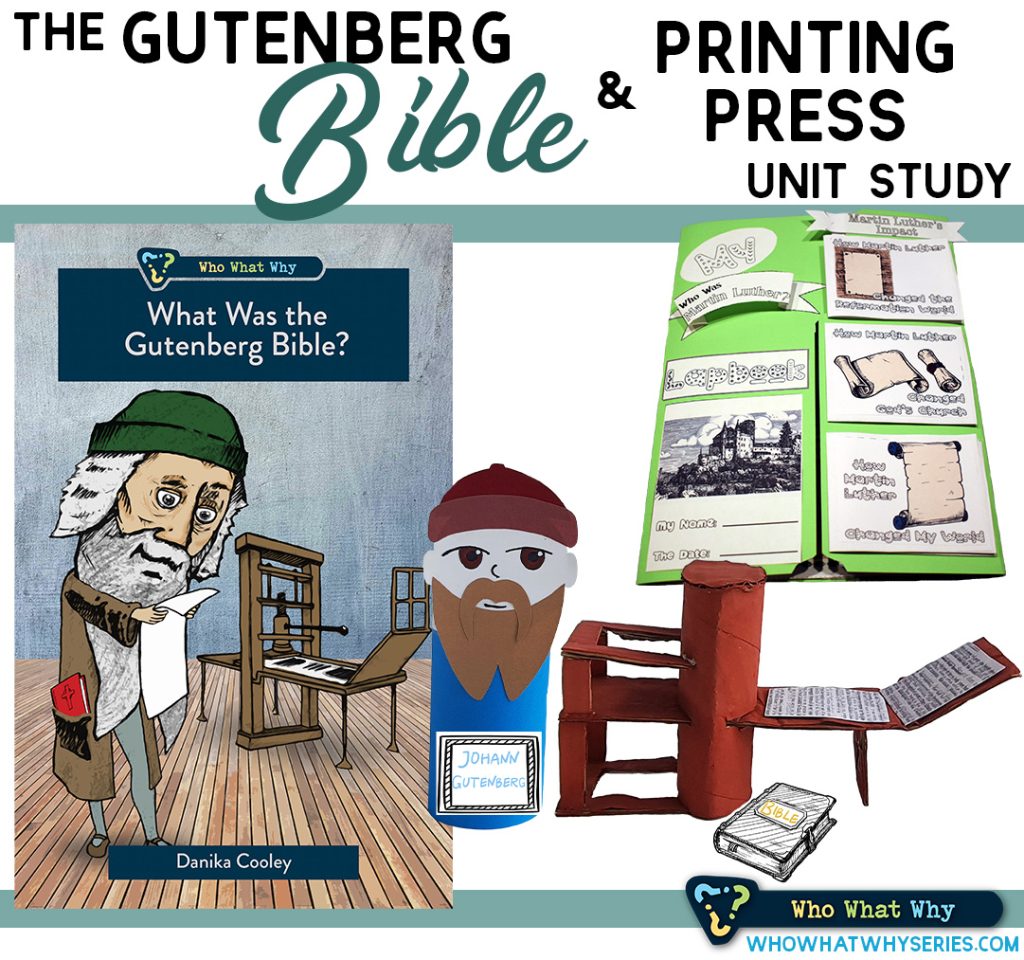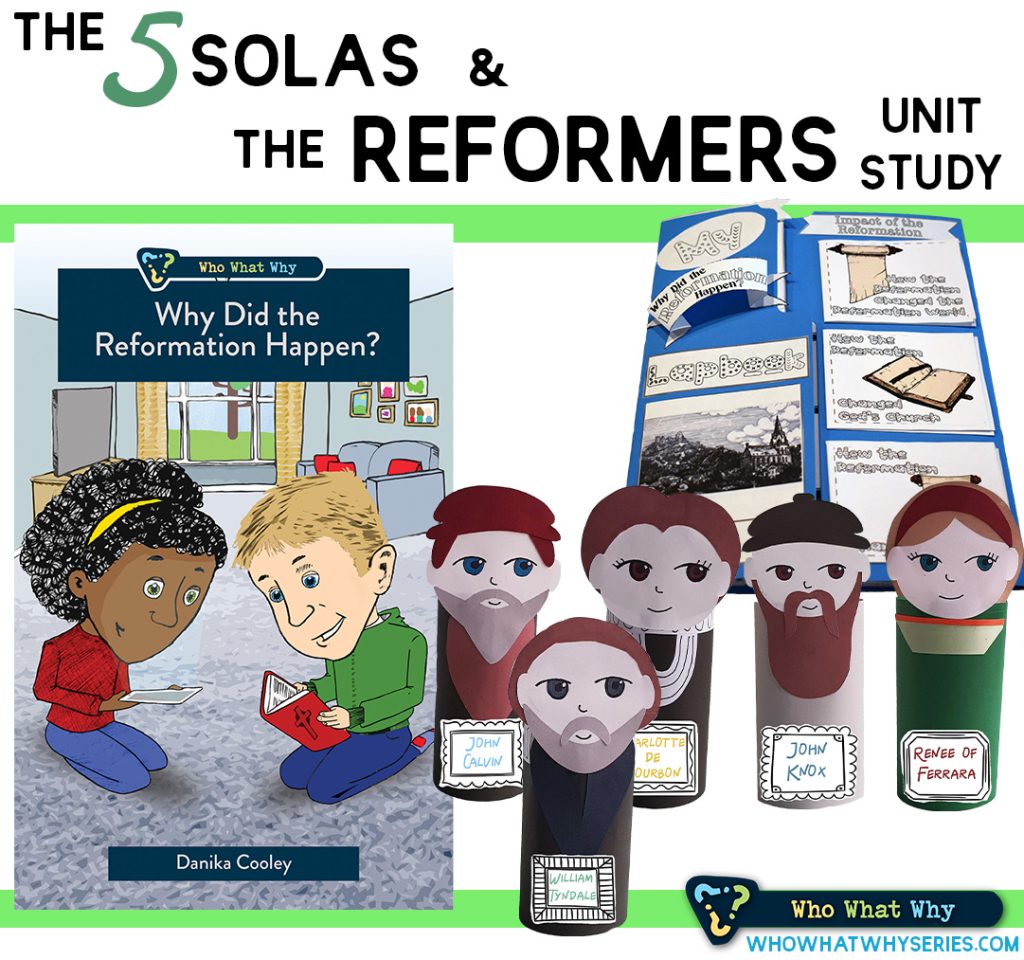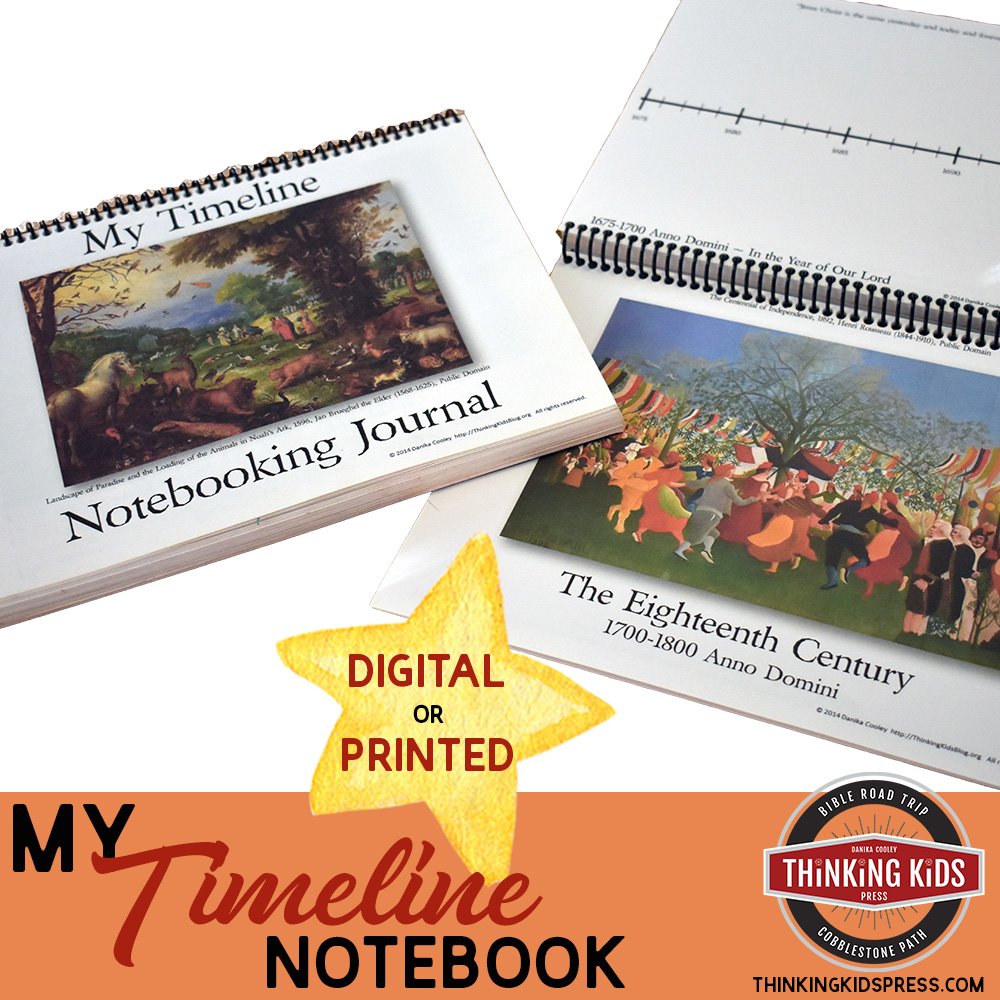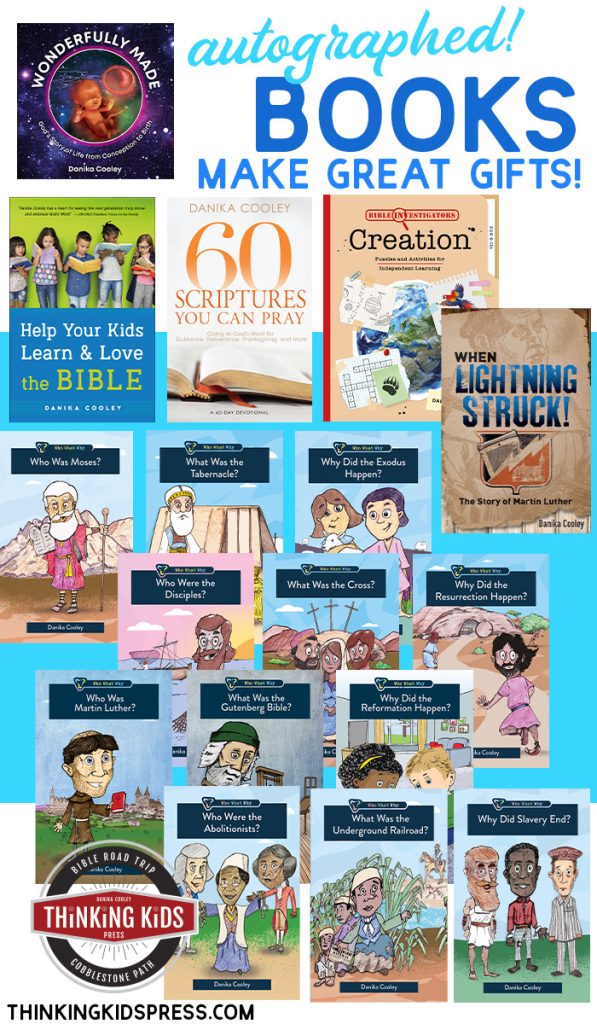
As parents, we have the freedom to set aside time to study a subject in a way that helps our kids add to their knowledge base, and have fun doing it. A unit study gives us the perfect way to add depth to the breadth of our curriculum. Unit studies usually include one or more books on a subject, and a few interesting hands-on activities.
This abolition unit study includes three small, focused unit studies.
Abolition from Slavery
When we teach our kids about modern history, there is so much to cover! One Christ-centered historical movement we want to include in our studies is the fight to end chattel slavery.
Here are two reasons we need to cover abolition with our kids:
- It’s nearly impossible to truly understand modern history without taking slavery and abolition into account.
- Slavery is a big issue today. As Christians who desire to engage our neighbors in productive conversations about history, culture, and the gospel of Jesus, we need to know what the Bible says about chattel slavery, and how God’s people responded to it.
Consider this fact: when the movement to free people from slavery began in 1688, only one out of every 23 people was free.
Imagine that–what if your child was the only free kid in, say, their Sunday School or AWANA class. Would you know what God says about that in the Bible? Would your family have a responsibility to act?
Christian abolitionists did, in fact, act. They searched the Scriptures, found strong prohibitions against chattel slavery, and decided that every human is made in the image of God. Every person is our neighbor.
You see, God’s Word:
- Outlaws the kidnapping and sale of human souls.
- Constrains sin. God puts boundaries on sin which has already been forbidden in order to prevent particularly heinous abuses.
- States that God intentionally created ethnicity.
- Tells us how to treat others–with love and respect–because we love God.
- Defines justice and mercy–God’s way.
These abolitionists–who were rich and poor, black and white, free and enslaved–got busy writing theological works, petitioning their governments, purchasing people in order to free them, and even helping enslaved people free themselves when their government refused to help.
Here’s another fact you’ll want to know: Today, ninety-nine out of every one hundred people is free.
God’s people fought for that reality. That’s worth teaching our kids.
A Unit Study that’s Fun, Christian, Biblical, and Non-Woke
It’s so important that our kids can explain the biblical basis for abolition. After all, the Christian fight to end slavery was a battle to return to the truths of Scripture.
This unit study on the abolition of slavery is written and designed from a Christian worldview with Scripture as the lens, rather than from a cultural Marxist view where race is the lens through which our view of society is filtered. Our children need to understand that the bulk of the work done to end chattel slavery was done by Christians, to the glory of God. Their arguments were based on Scripture, and God does–in fact–outlaw chattel slavery in his Word.
They will learn, too, that there were people who claimed their wickedness was supported by God’s Word. It’s vital that our kids know what the Bible actually says so they can live according to God’s commands for his people. We need to know, too, that there are those who seek to twist God’s Word for evil gain. As followers of Christ, we are to be on the lookout for false teachers and prophets (2 Peter 2).
Christian history is important. We don’t want to skip teaching our kids about important movements because we are afraid they will fall into a common or pervasive misunderstanding or misrepresentation of history.
Rather, we want to teach them:
- What God’s Word says
- How God used his people to end injustice and further hope
- How we can respond today to those who would malign the cause of Christ using false arguments.
That’s how the Who What Why Christian history series approaches history–through the lens of Scripture.
 You can get all three Who What Why | Abolition books in a bundle (and save!) over at Thinking Kids Press.
You can get all three Who What Why | Abolition books in a bundle (and save!) over at Thinking Kids Press.Abolitionist Christians Helped End Slavery
During the time of abolition, Scripture was twisted by many to support keeping their neighbors in chains. Christian abolitionists, though, searched the Bible to uncover what God says about chattel slavery, about loving our neighbors as ourselves, about all humans being made in the image of God, and about biblical justice. The abolitionists fought for the truth of God’s Word, and for freedom for all of their neighbors–sometimes at great cost to themselves and to the people they loved.
Your kids will study the lives of ten abolitionists:
- Granville Sharp (1735-1813)
- Phillis Wheatley (c. 1745-1797)
- Olaudah Equiano (c. 1745-1797)
- Thomas Clarkson (1760-1846)
- William Wilberforce (1759-1833)
- Zachary Macaulay (1768-1838)
- William Knibb (1803-1845)
- Sojourner Truth (1797-1883)
- Frederick Douglass (c. 1817-1895)
- Harriet Tubman (c. 1820-1913)
Your unit study on the abolitionists includes a fun, 95-page biography, Who Were the Abolitionists?, with each chapter covering the life of one of ten Christian abolitionists.
- Who Were the Abolitionists? by Danika Cooley | Who Were the Abolitionists? (Christian Focus Publications, 2023) shares the biographies of ten British and American Christian abolitionists who fought to end slavery between 1688-1888 AD. Not only did the abolitionists help free others from enslavement, they also helped teach others about important biblical truths.
- You can also purchase Who Were the Abolitionists? from Thinking Kids Press. Or, purchase all three Who What Why | Abolition books together in a bundle.
- The Abolitionists History Craft | Based on actual representations of the historic people, your kids will create toilet paper roll busts of each of the ten Christian history figures they’ve studied. As they do, they’ll remember the stories of the vastly different believers God used to help bring the institution of chattel slavery to an end globally.
- Who Were the Abolitionists? Lapbook | The lapbook completes your unit study of the abolitionists, allowing your kids to record what they’ve learned about:
- The impact of the abolitionists on the modern world, on the Church, and on your child’s world.
- What it was like to live during the time of Abolition (1688-1888).
- Ten Christian abolitionists and their stories.
- Abolition vocabulary.
- The timeline of the abolitionists.
- The geography of the stories of the abolitionists.
- Theology: Esther 4:13-14.
This hands-on study of how God used his people to end slavery is one your kids will remember for a lifetime.
The Underground Railroad
Slavery in the United States was one of the last systems of enslavement to collapse during the time of abolition. When biblical reasoning, petitioning the government, and even separating church bodies did not help end slavery in the South, many Christians came to believe that civil disobedience was the only way to carry out the biblical mandate to love their neighbors.
Rather than a path or a method of travel, the Underground Railroad was a system which helped around 150,000 enslaved African Americans escape enslavement between 1830 to 1860.
The biggest impact the Underground Railroad had on American slavery was that it continually challenged Americans to reconsider slavery in the light of God’s Word. Eventually, the Underground Railroad helped lead the to Civil War–and the eventual freedom of over four million enslaved Americans.
Your unit study on the Underground Railroad includes a fun, 95-page biography, What Was the Underground Railroad?, with stories of many of the Christians involved in rescuing their neighbors, and in escaping. Children will learn, too, about how the system was structured to utilize the spiritual gifts of many Christians.
- What Was the Underground Railroad? by Danika Cooley | What Was the Underground Railroad? (Christian Focus Publications, 2023) is an engaging narrative about the system of escape from enslavement and the people who fought for the freedom of their neighbors–and themselves. God used the workers on the Underground Railroad to change lives, to change the history and laws of the United States of America, and to affect slavery throughout the world. The people supporting the Underground Railroad were quite often pastors, usually Christians, and they were motivated by the teachings in God’s Word.
- You can also purchase What Was the Underground Railroad? from Thinking Kids Press. Or, purchase all three Who What Why | Abolition books together in a bundle.
- The Underground Railroad and Harriet Tubman Craft | You’ll love this fun history craft, based on the historic DeWitt Clinton train engine, and one of the most famous Underground Railroad conductors, Harriet Tubman.
- What Was the Underground Railroad? Lapbook | With the Underground Railroad lapbook, your children will delve deeper into what they’ve learned, including:
- The impact of the Underground Railroad on the modern world, on the Church, and on your child’s world.
- The modern world, specifically during the early- to mid-1800s. Your child will learn about what it was like to live during the time of the Underground Railroad.
- The people involved in the story of the Underground Railroad.
- Underground Railroad history vocabulary.
- The timeline of the Underground Railroad.
- The geography of American abolition.
- Theology: Exodus 21:16, 1 Kings 18:3, and Acts 5:29.
This study of the Underground Railroad will help your kids learn more about Scripture, the 1800s in the U.S., and about how God uses ordinary people to accomplish extraordinary things.

Every Who What Why Christian history book has a timeline with relevant dates. Your kids can keep track of dates from their studies in history with the My Timeline Journal!
The End of the Slave Trade
At the beginning of the abolition movement, 22 out of every 23 people was enslaved. Today, 99 out of every 100 people in the world is free. That means that, previously, over 95% of the world’s population was in slavery.
The end of the global slave trade was brought about, in large part, by the fight waged by Christian abolitionists from 1688-1888. Later, during World Wars 1 and 2, large-scale enslavement reared its ugly head again–and, again, God’s people fought to end it.
Your unit study on the end of slavery includes a fun, 95-page biography, Why Did Slavery End?, with a world tour through history as Christians fought for abolition, and the Scriptural argument against it.
-
- Why Did Slavery End? by Danika Cooley | This interesting book (Christian Focus Publications, 2023) covers the biblical prohibition of slavery and commands to love our neighbors and enact godly justice. Kids will also study the end of slavery as they move geographically through the world by region.
- You can also purchase Why Did Slavery End? from Thinking Kids Press. Or, purchase all three Who What Why | Abolition books together in a bundle.
- Why Did Slavery End? by Danika Cooley | This interesting book (Christian Focus Publications, 2023) covers the biblical prohibition of slavery and commands to love our neighbors and enact godly justice. Kids will also study the end of slavery as they move geographically through the world by region.
-
- Love Your Neighbor as Yourself | Children will create a neighborhood themed craft as they consider the Great Commandment.
- Acts 17:26 Handprint Wreath Craft | Abolitionists used Acts 17:26 to show that God made all people and nations from one man. Your kids will celebrate this truth with a handprint wreath craft, as they consider the fact that our skin color, the nations we live in, and our ethnicity, is the sovereign creation of our loving Father God.
- Why Did Slavery End? Lapbook | Kids will use this hands-on lapbook to record what they’ve learned about:
- The impact of abolition on the modern (1688-1888) world, on the Church, and on your child’s world.
- The abolition world. Your child will learn how global slavery ended during the time of abolition.
- What the Bible says against slavery.
- Abolition history vocabulary.
- The timeline of abolition.
- The geography of global abolition.
- Theology: God Holds Back Sin, Created in God’s Image, The Family of God, God’s Justice.
This study of the global history of abolition, and the theology behind the movement, will help your kids learn how slavery ended. More importantly, they’ll learn what God has to say about chattel slavery.

Learn more about the Who What Why series and get your FREE Abolition Lapbooks here.
Bible Resources for Your Kids
Learn More HereLearn More HereLearn More HereLearn More HereLearn More HereLearn More Here

Christian Biographies for Kids | Christian History for Kids | Theology for Kids
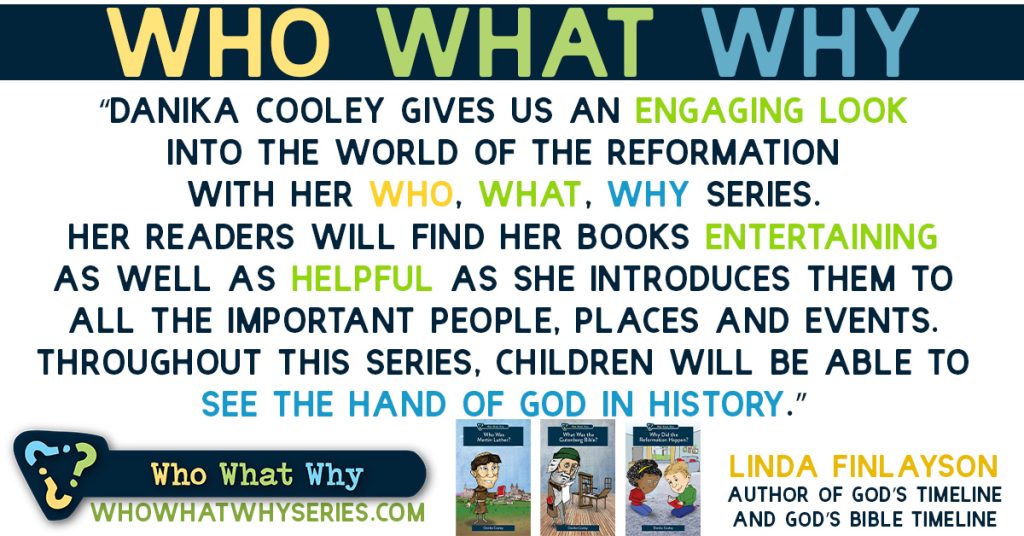
Christian History Matters for Our Kids.
History matters. Now, more than ever, we see how important it is for our children to know and understand history and the Bible.
Here’s why:
- God is the sovereign ruler of all things. It’s important for our kids to see his hand in the history of nations and in the lives of both peasants and kings.
- Christian history is the story of our family history. Our kids get to see how people who love Jesus follow him.
- Understanding history can help our kids learn historic and biblical theology. They learn what the Bible says and what that means for us. They also see when the study of Scripture has taken important turns that have changed the Church.
- Reading Christian biographies and history can be a wonderful way for kids to think outside their own time and culture. God’s Church spans centuries and includes people from every nation.
- Christian biographies help kids consider their own faith, walk with Jesus, and the impact their witness may one day have on others–and on history.

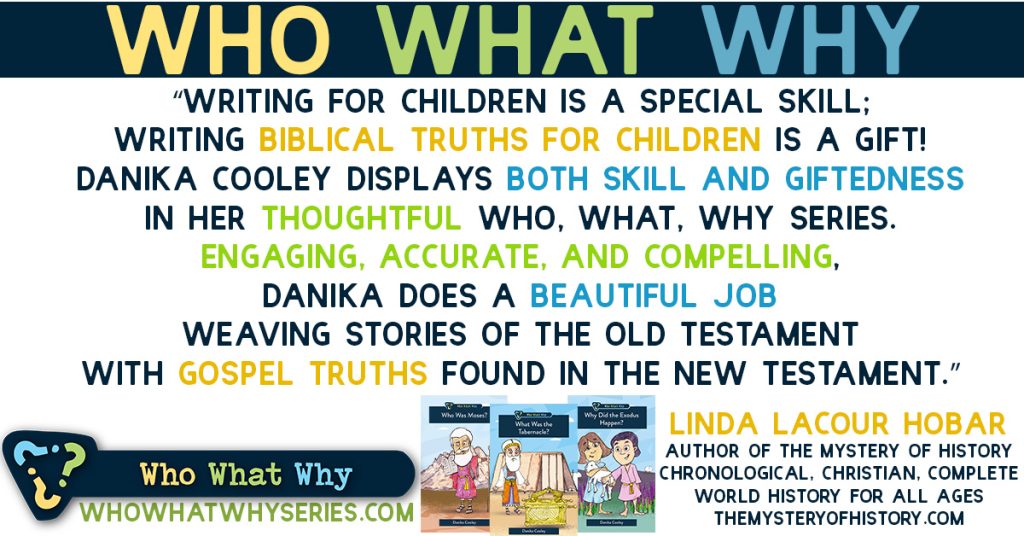
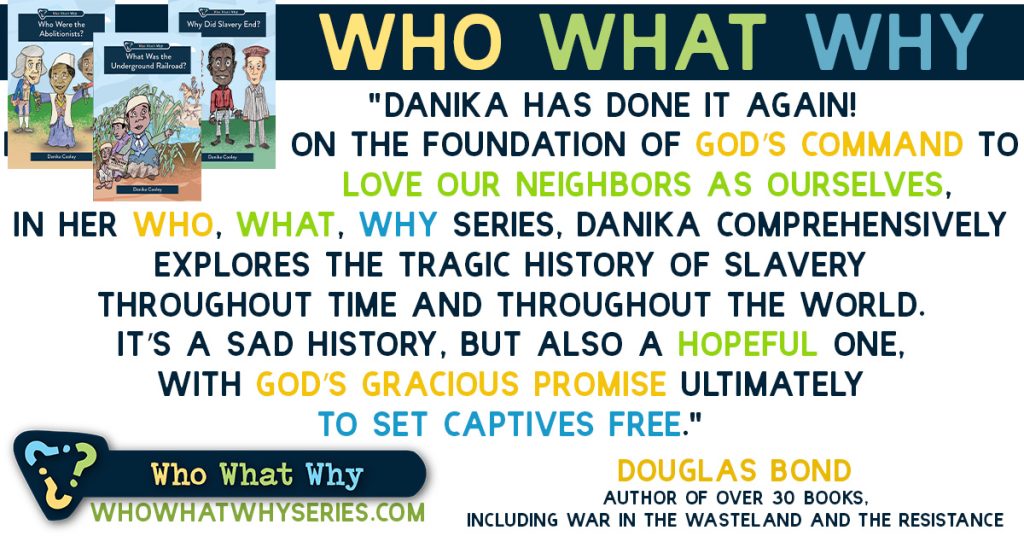
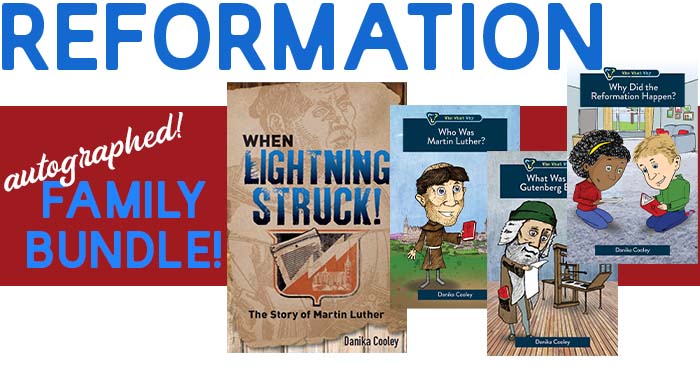
Grab the autographed Reformation Family Bundle!
More Thinking Kids Posts You’ll Love!

